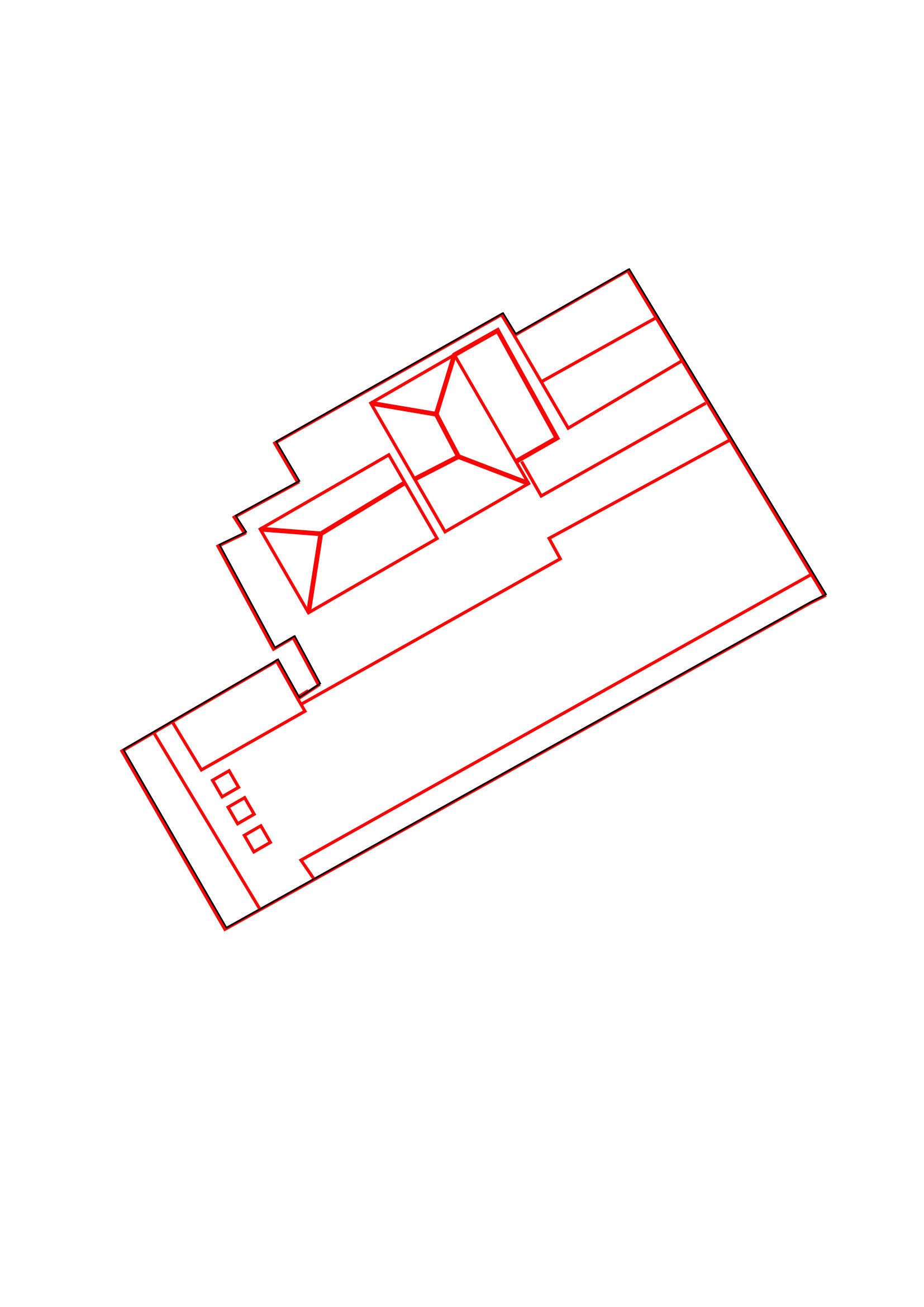
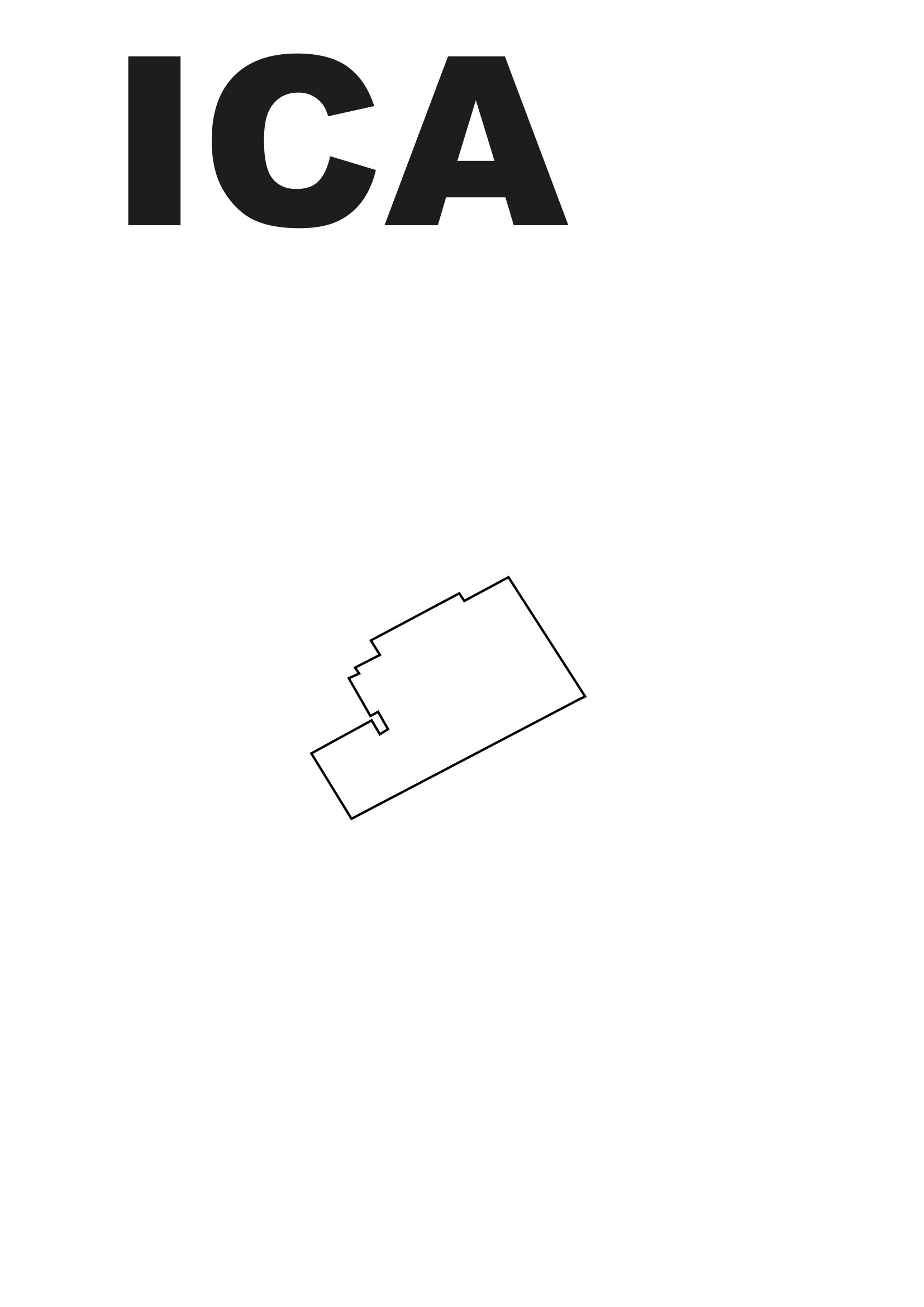
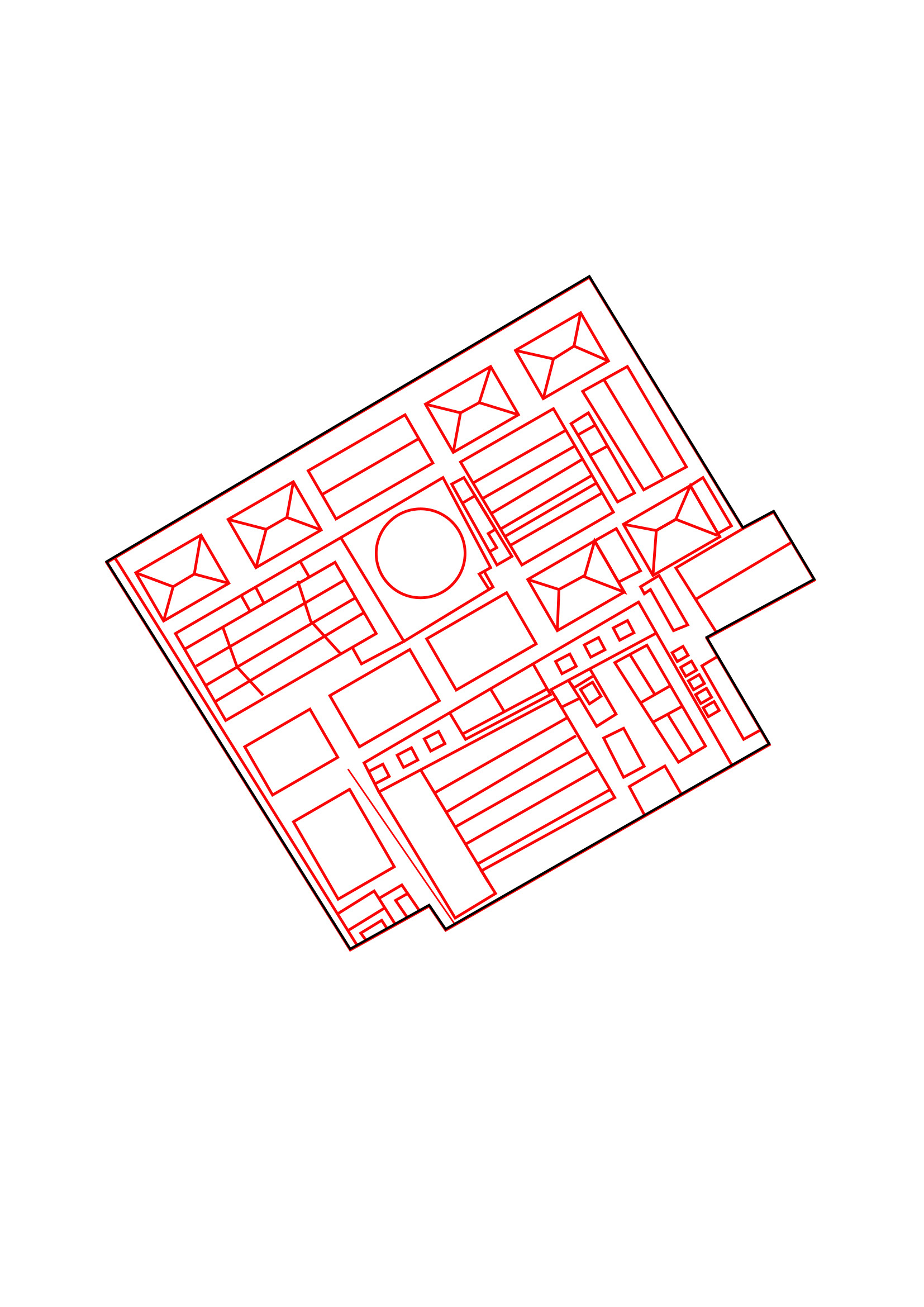
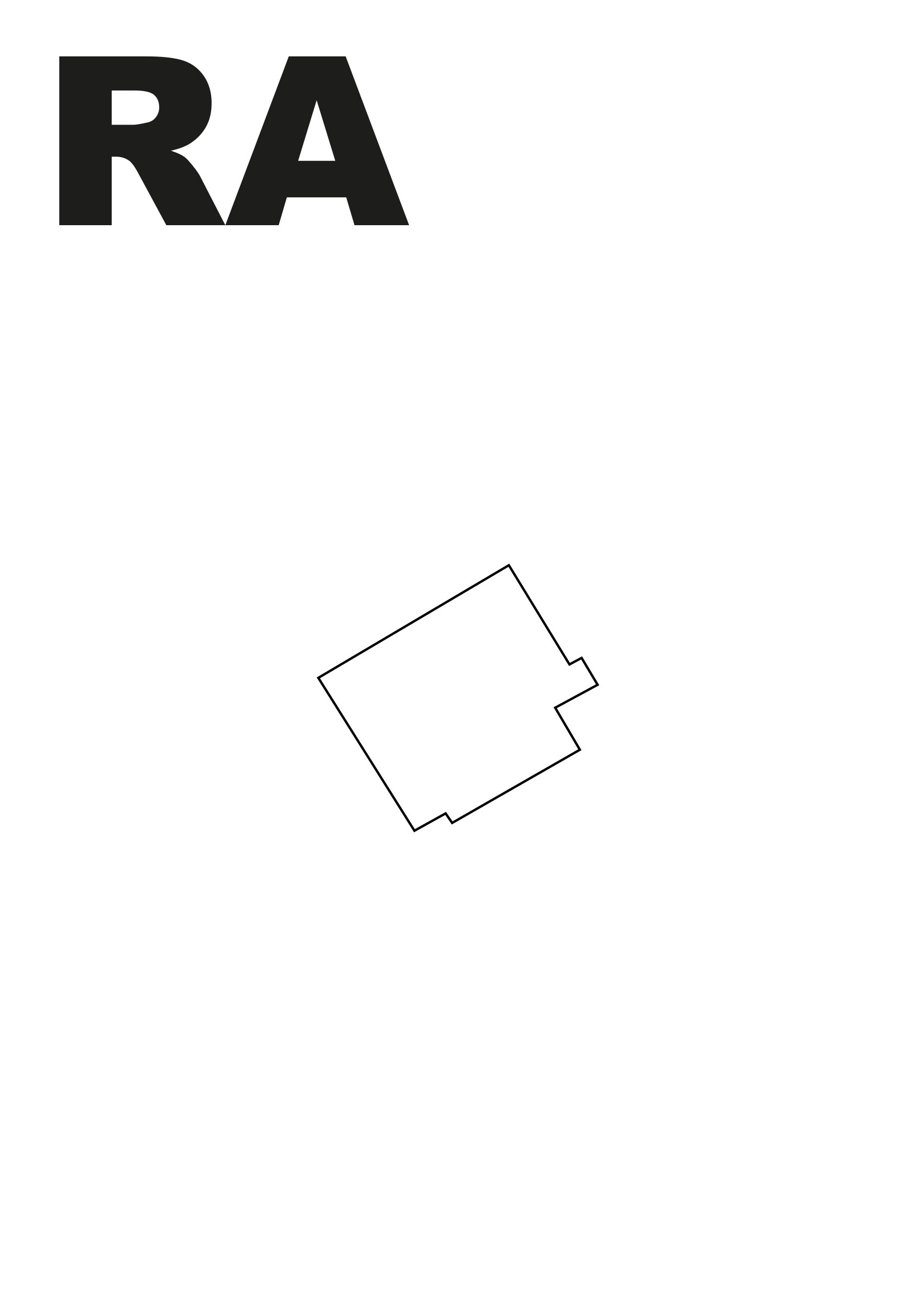
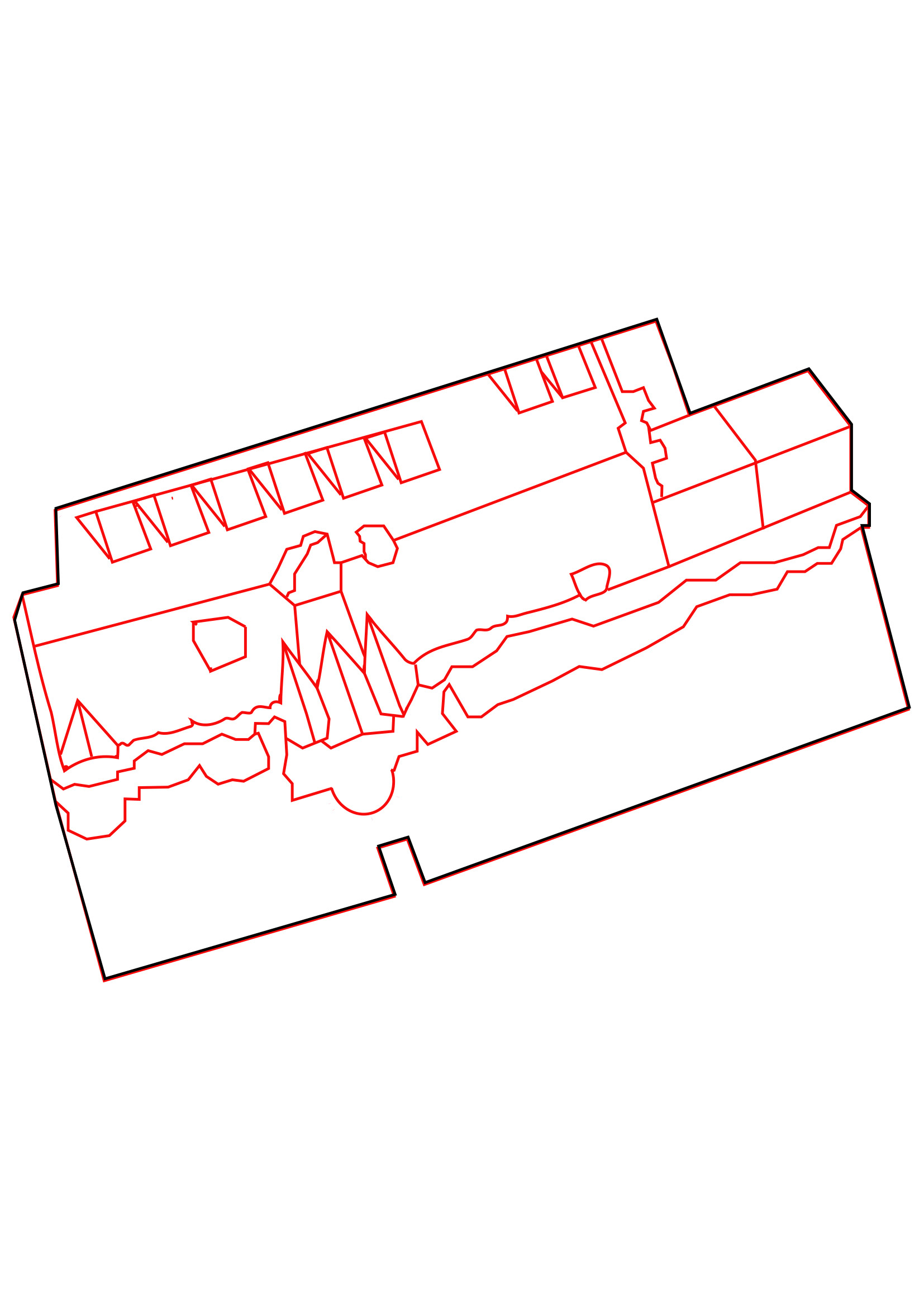
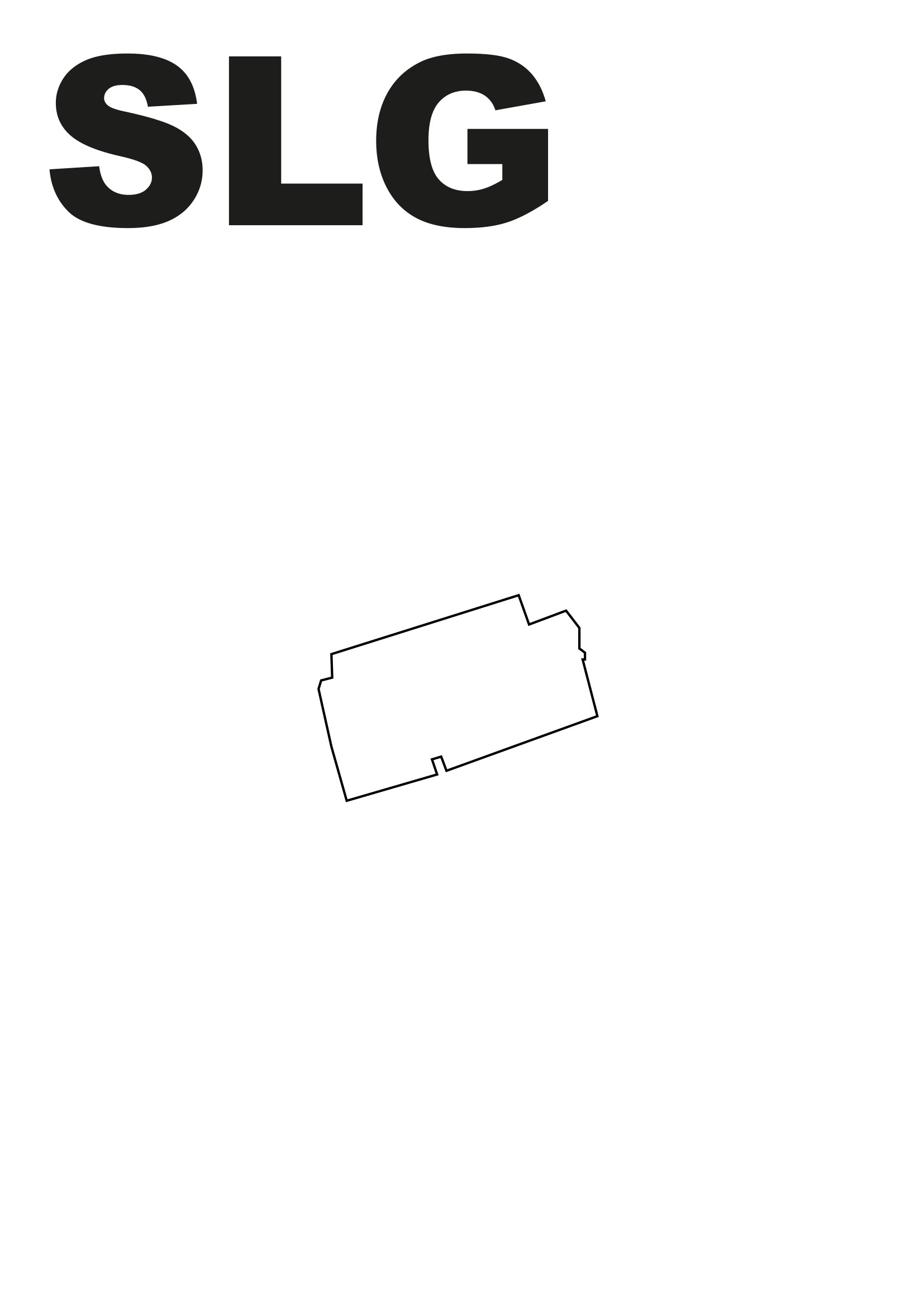
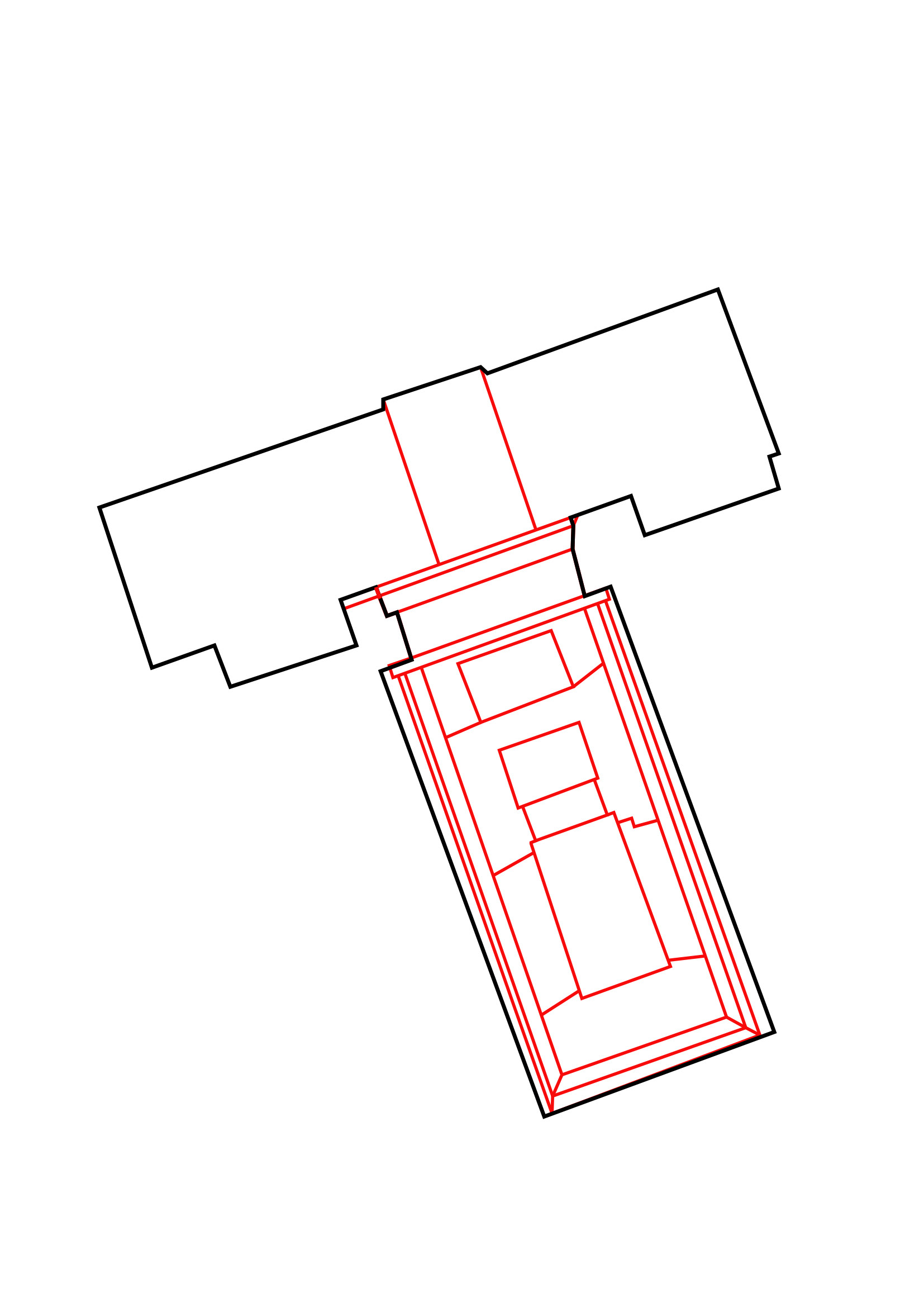
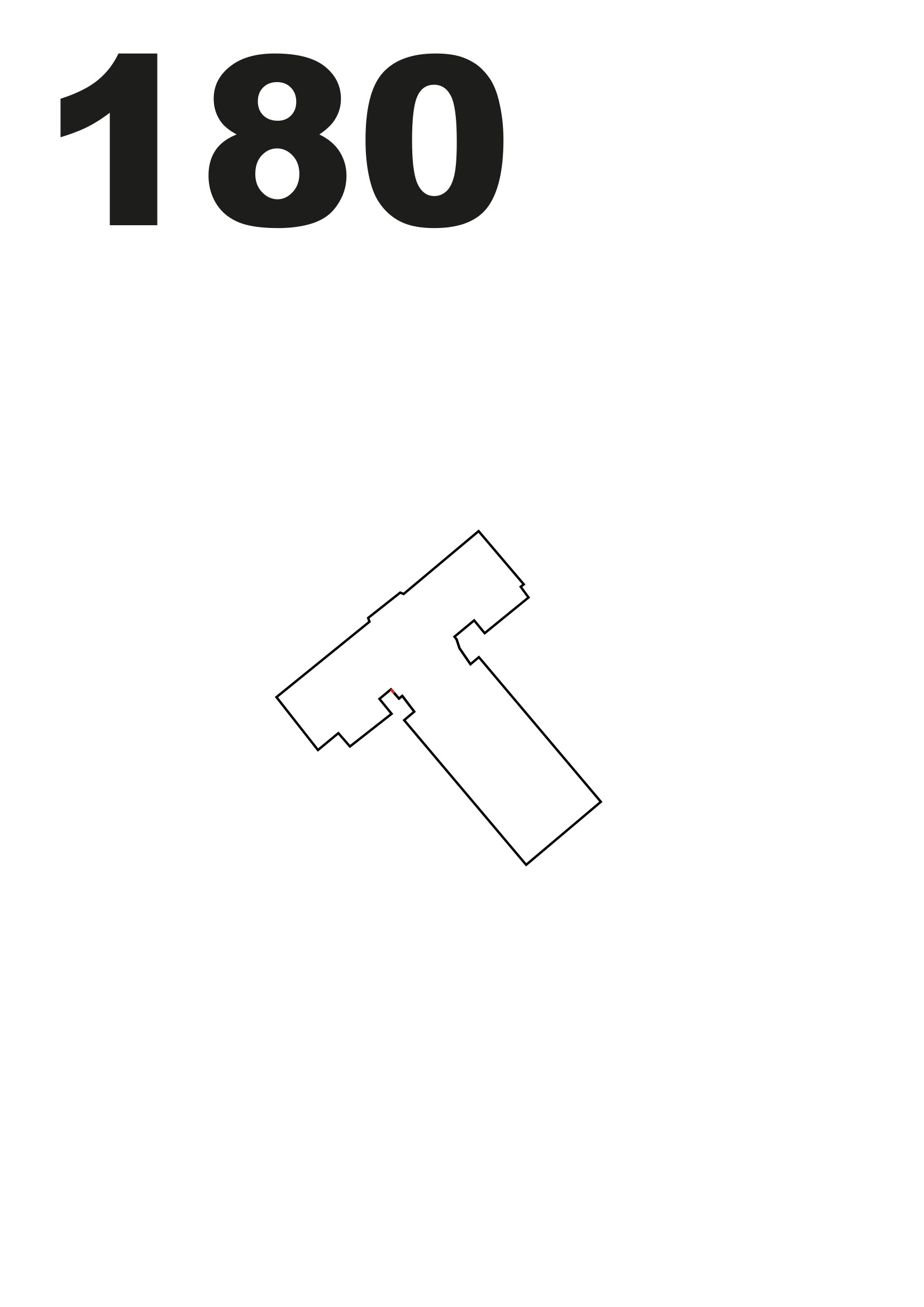
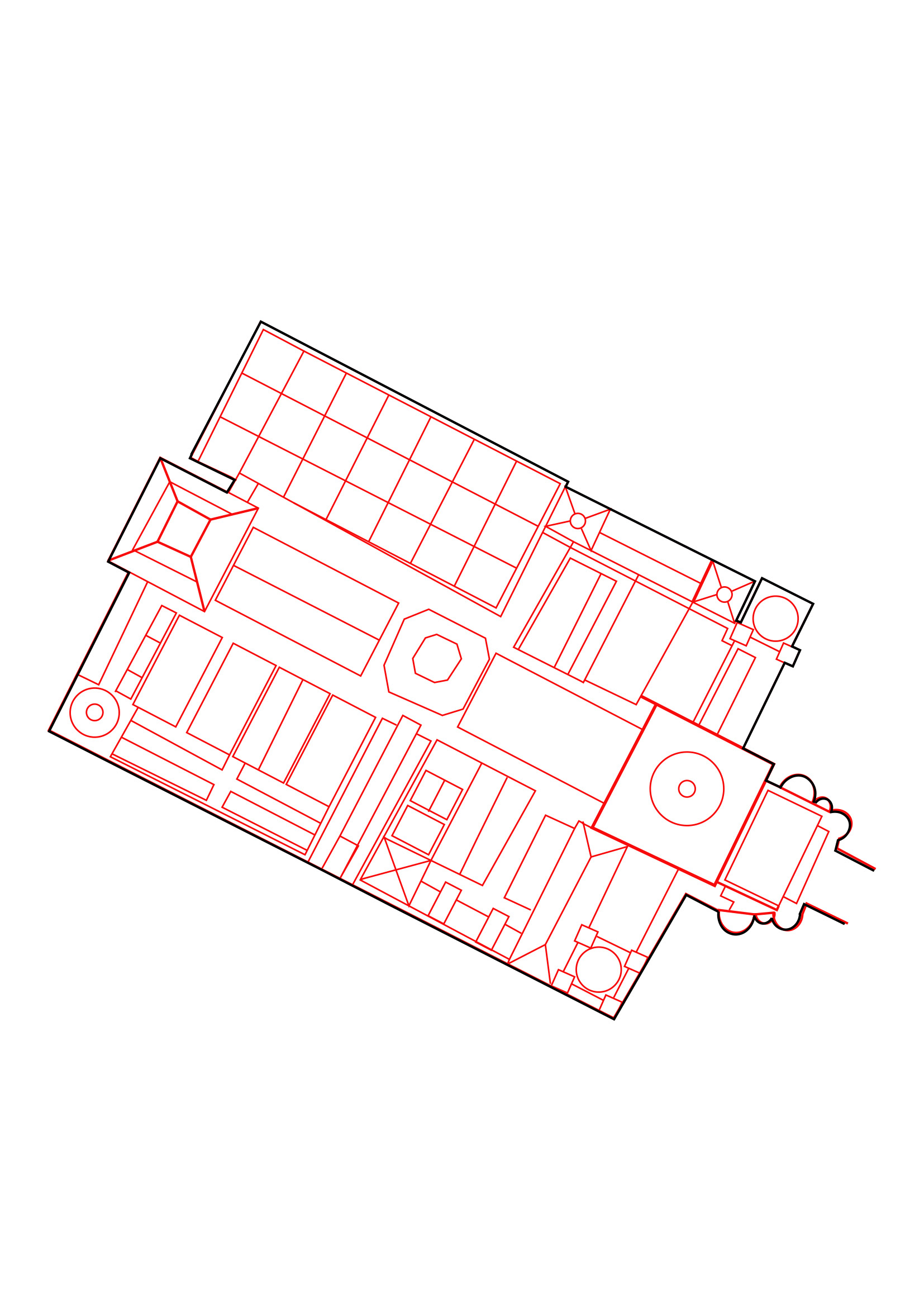
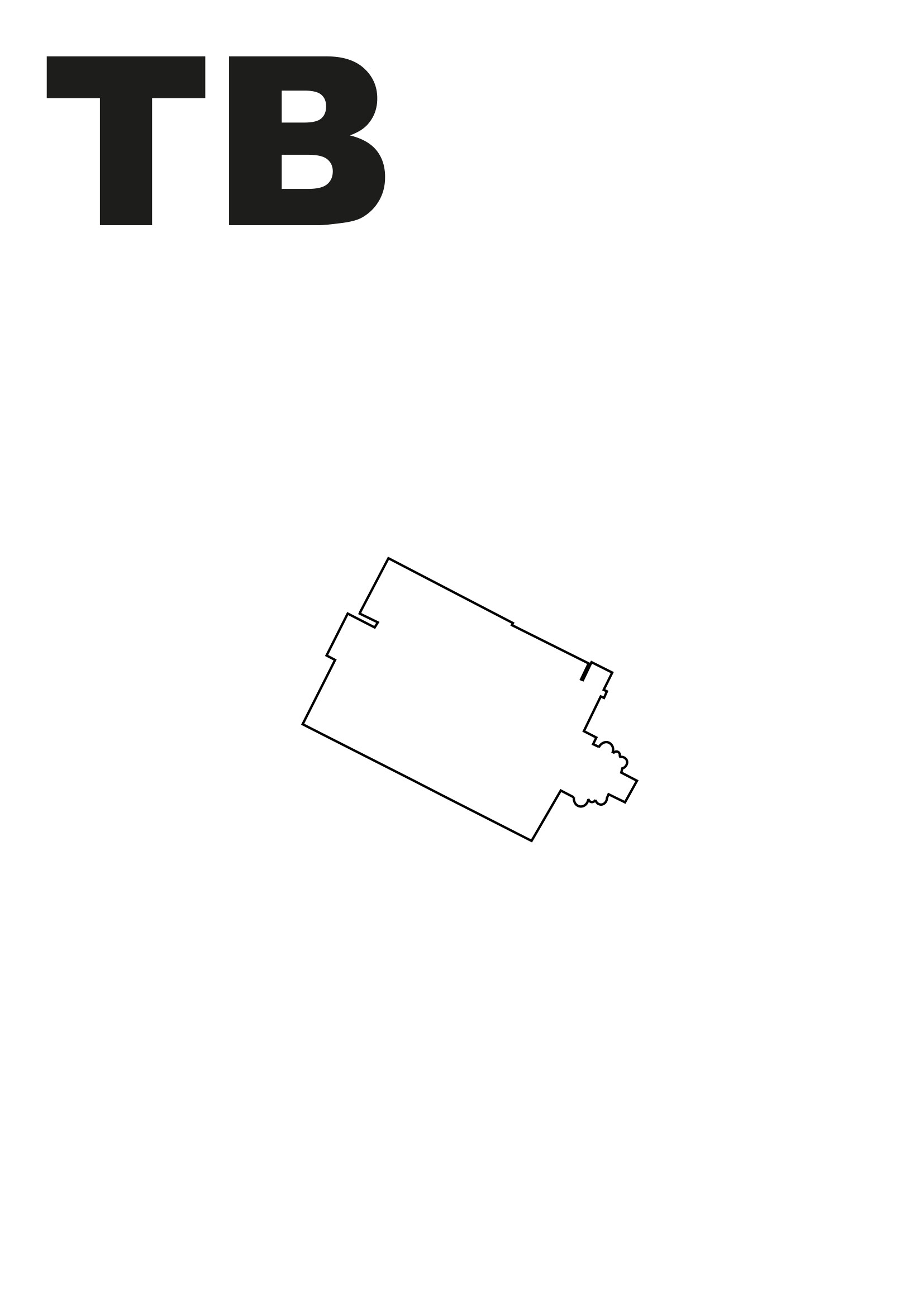
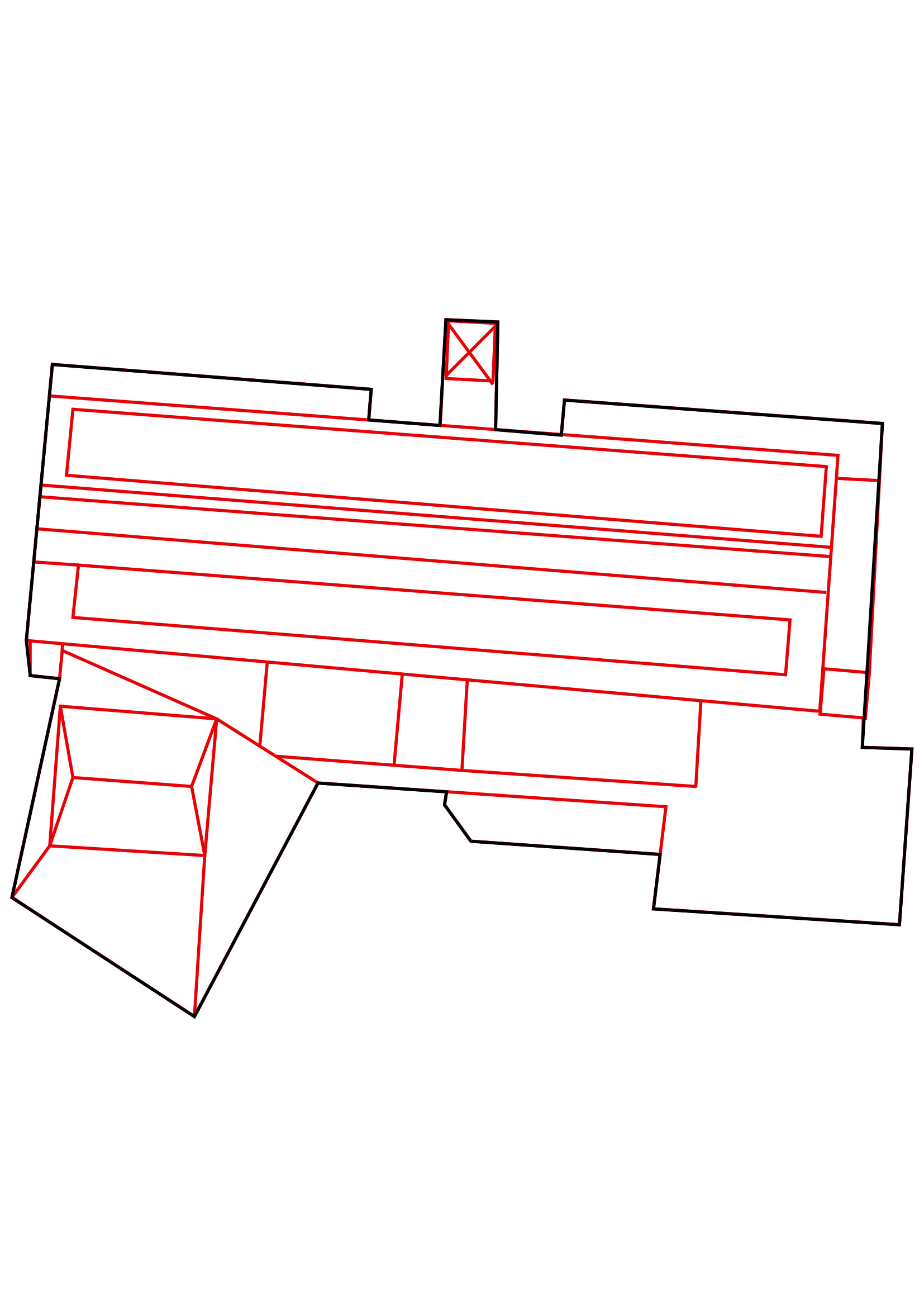
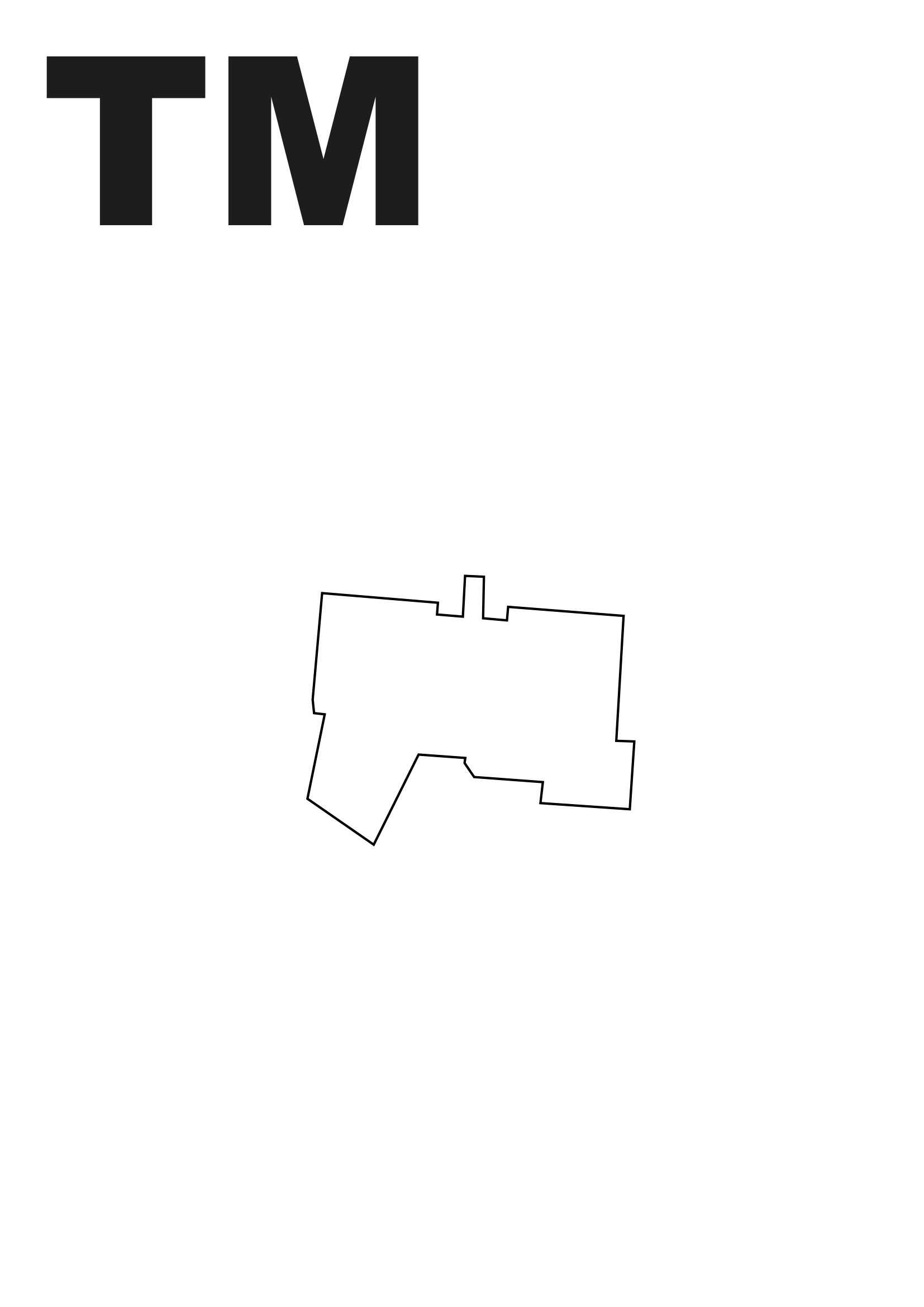
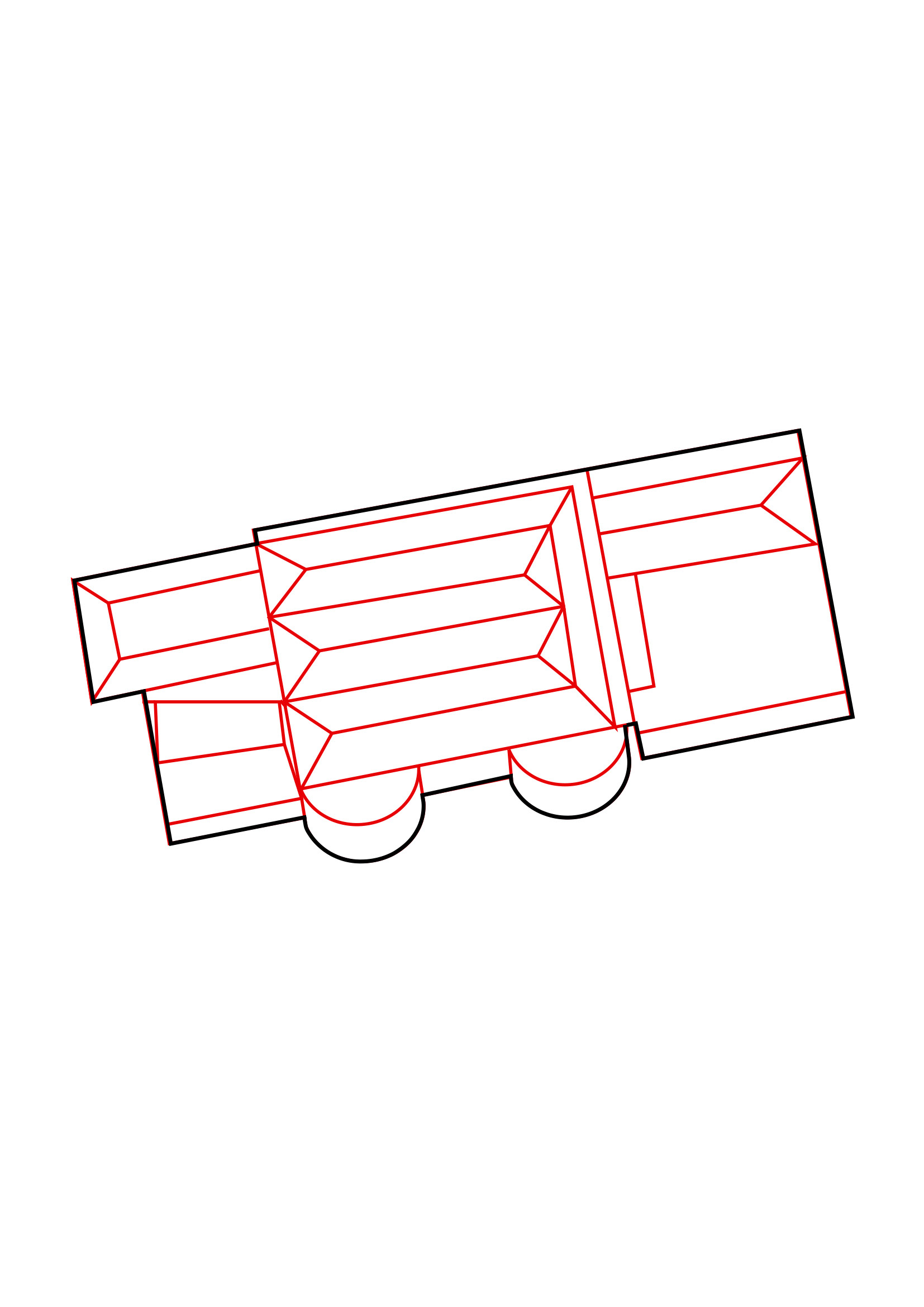
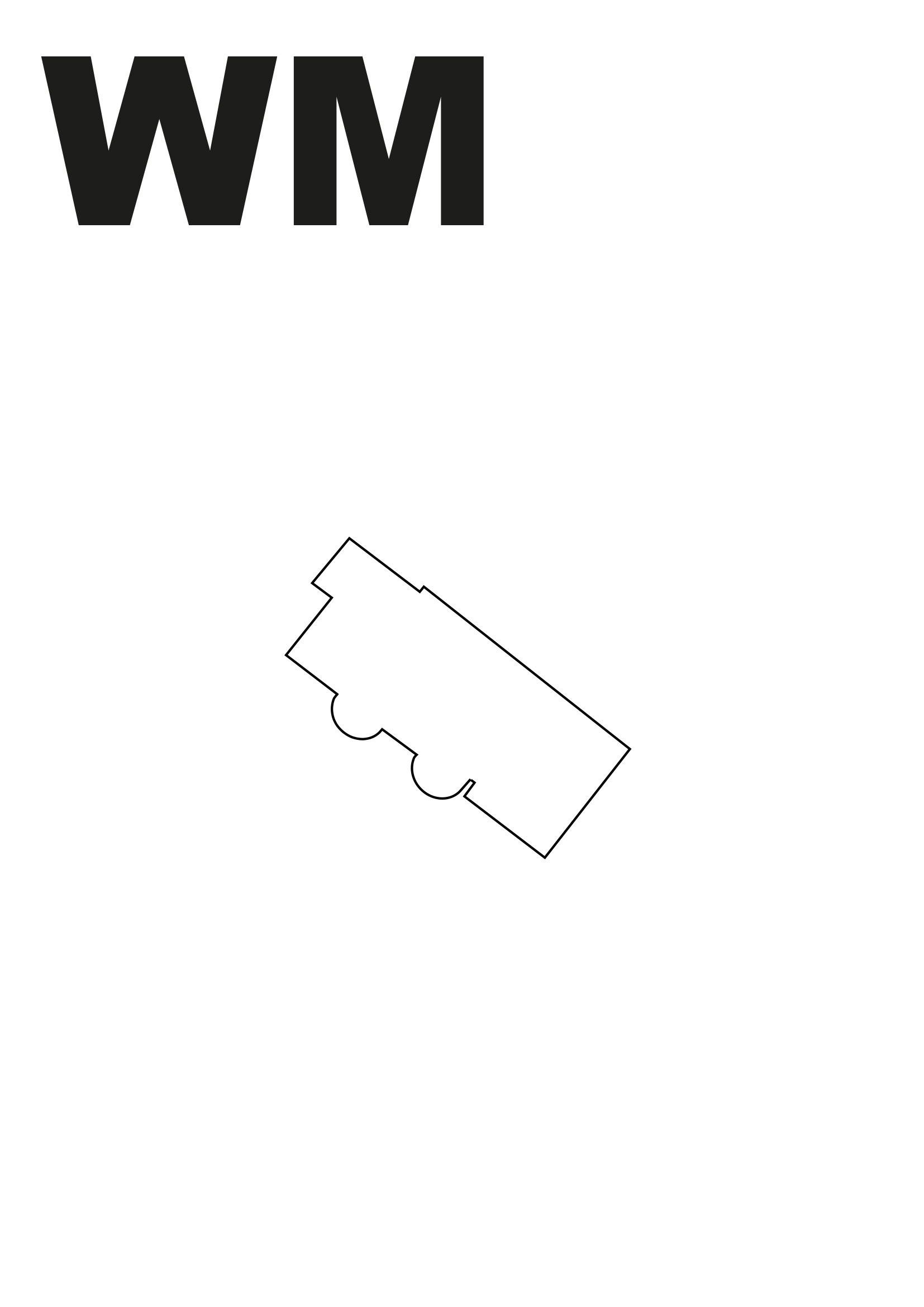
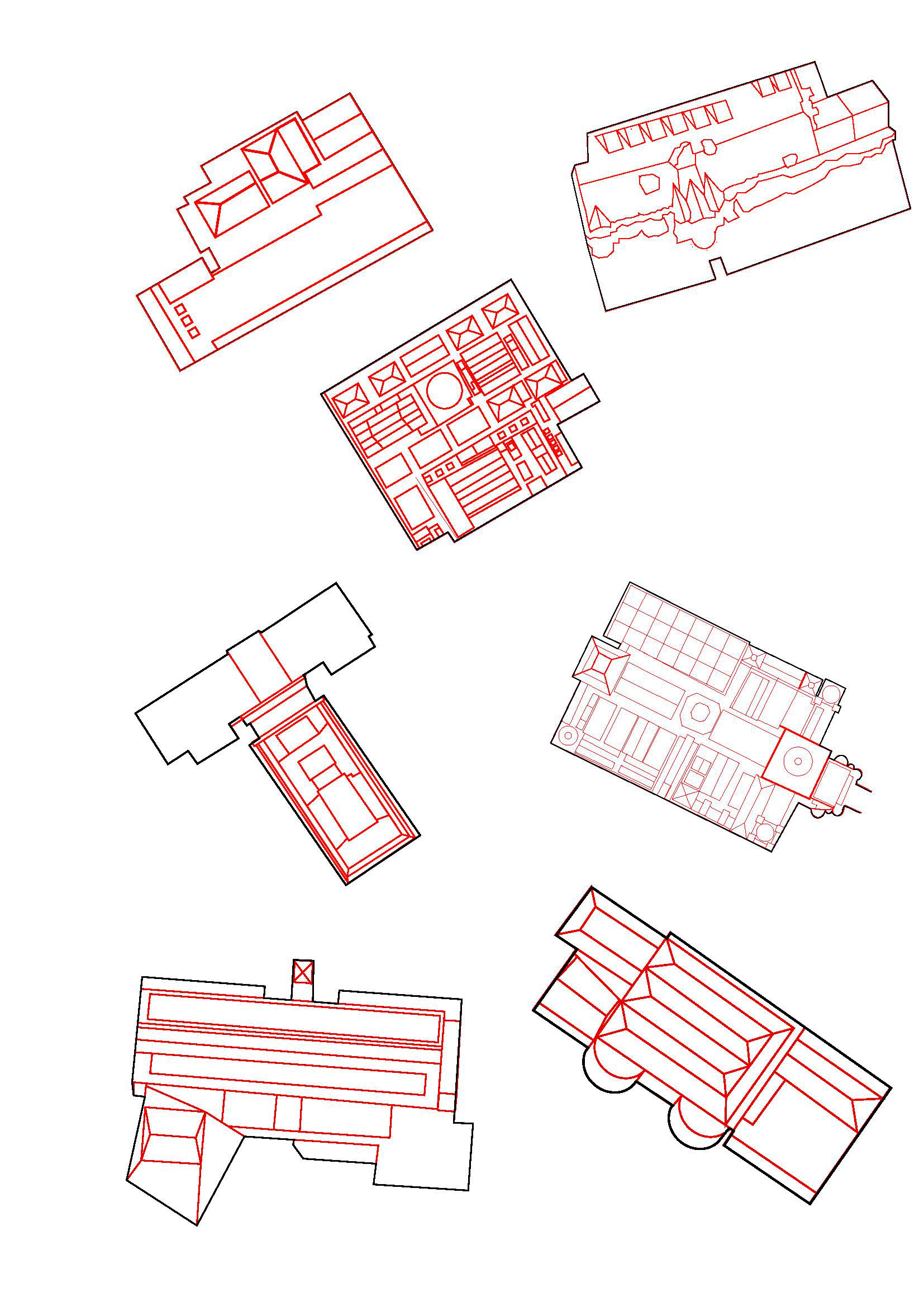

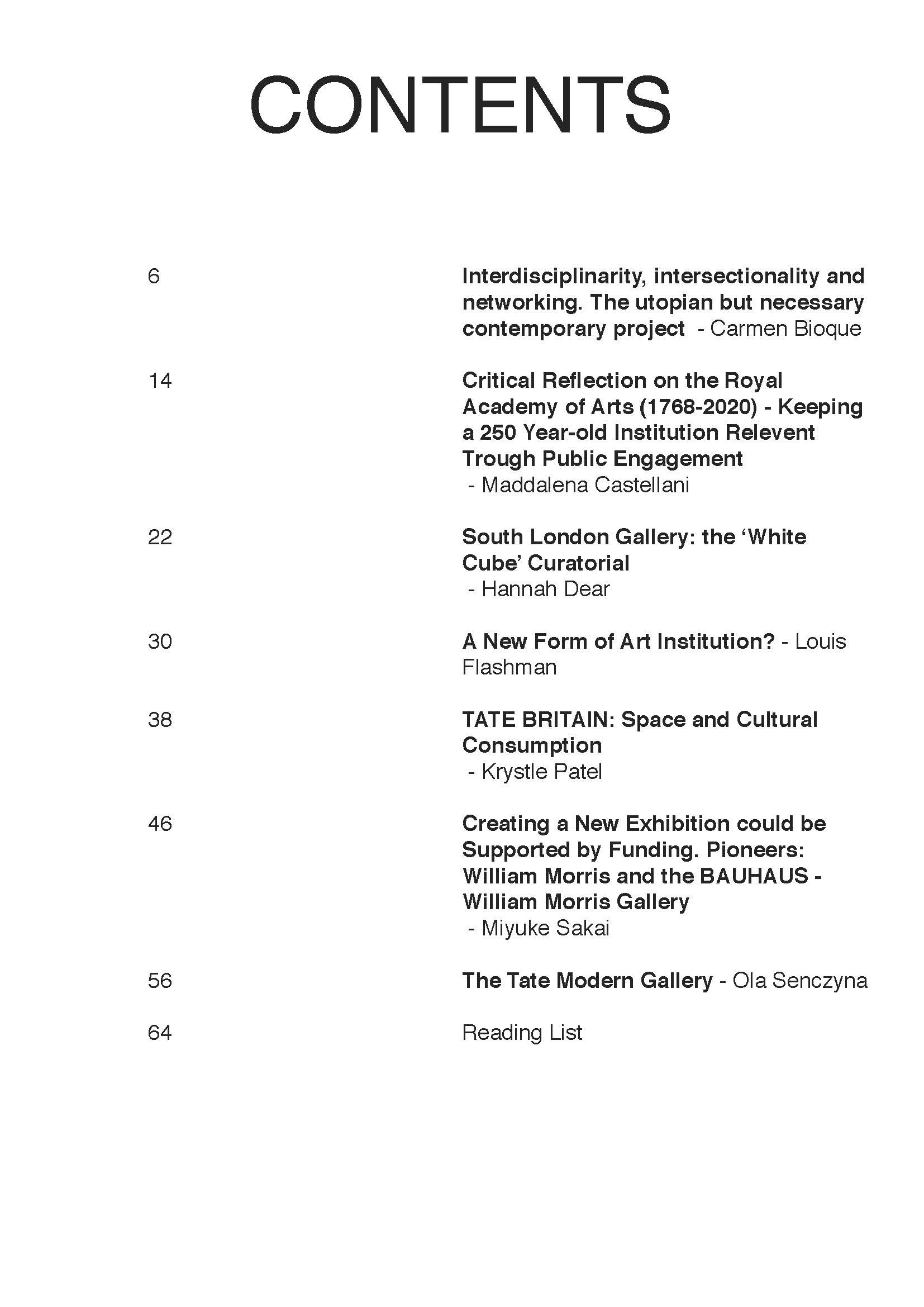
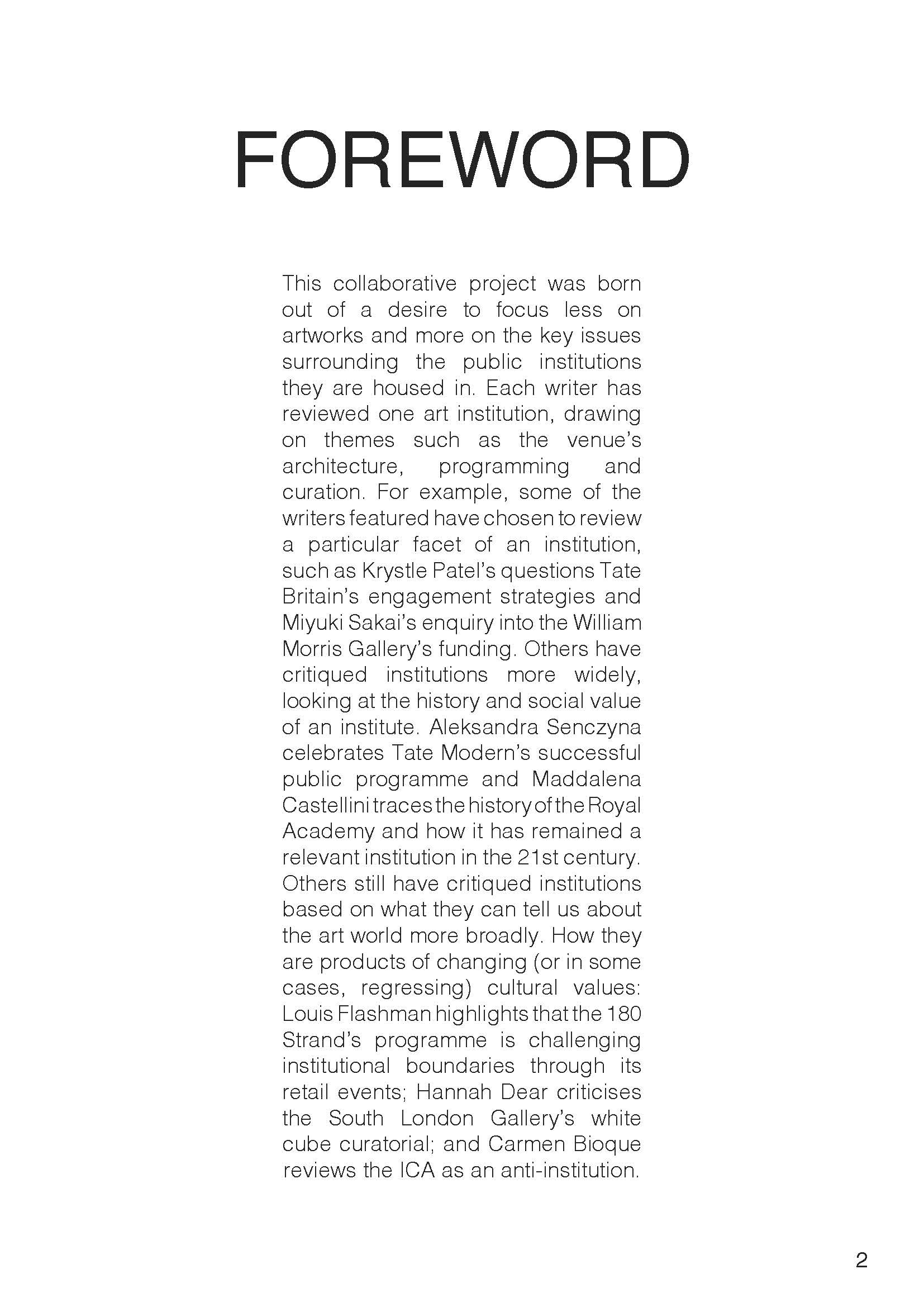
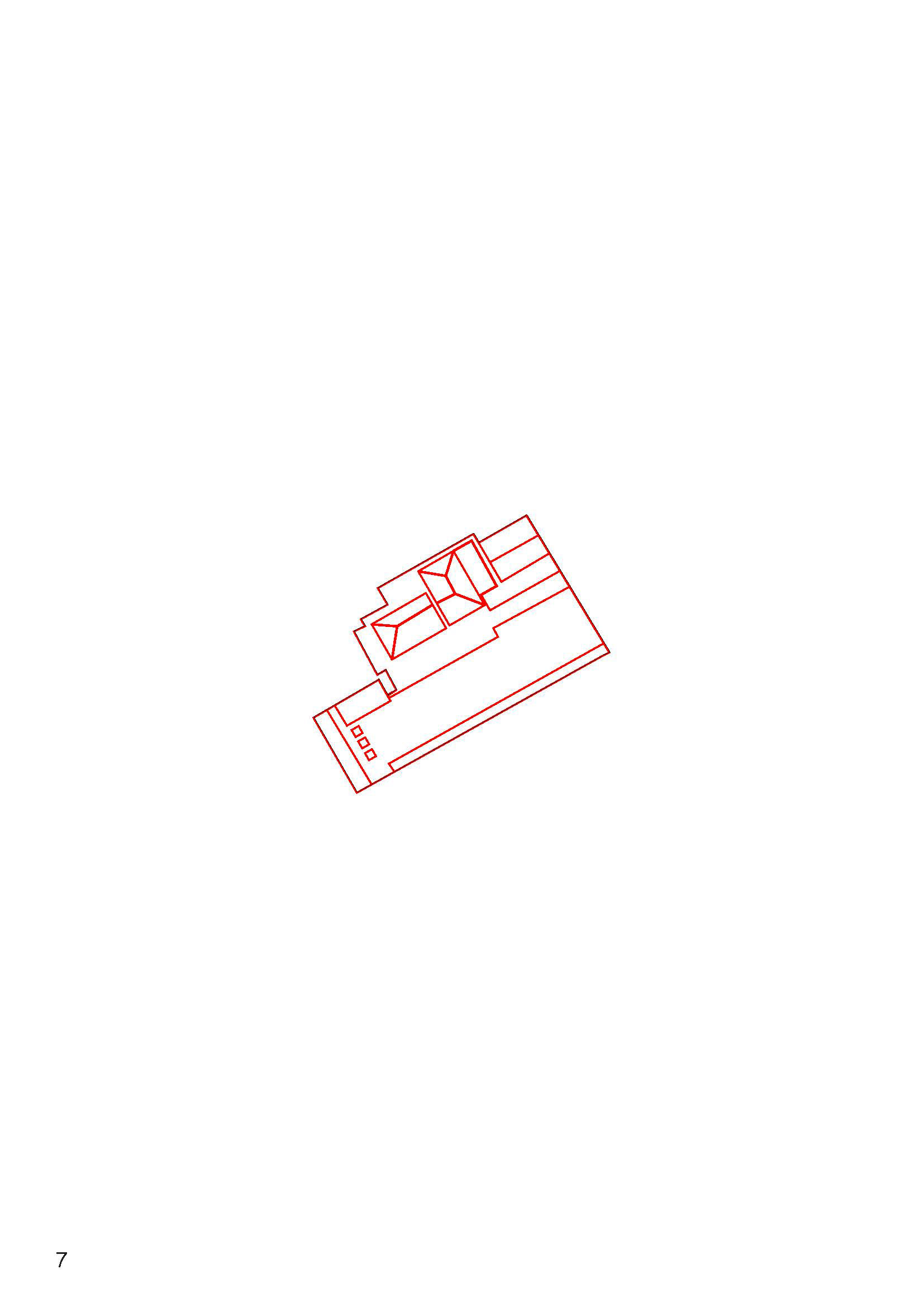
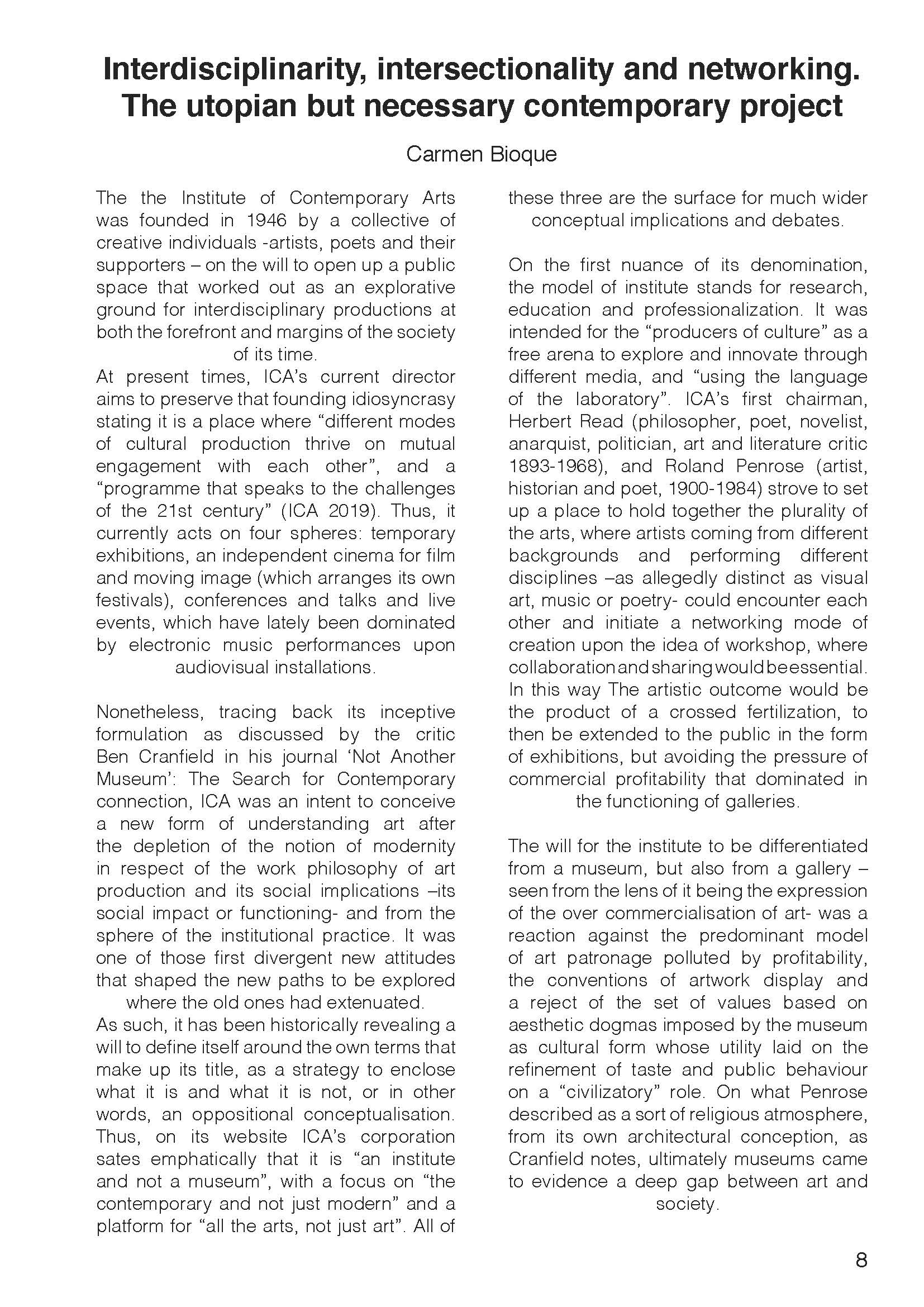




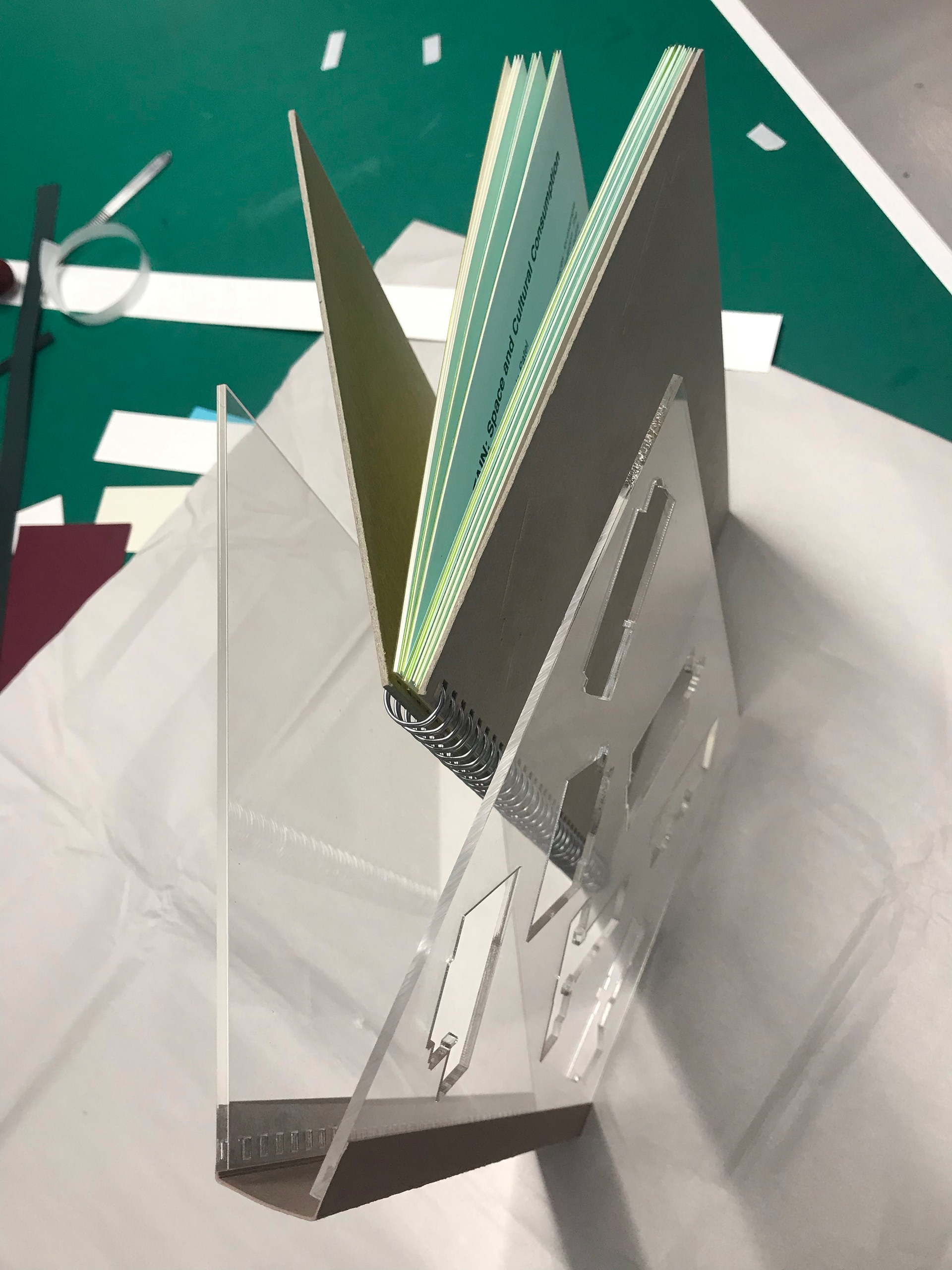
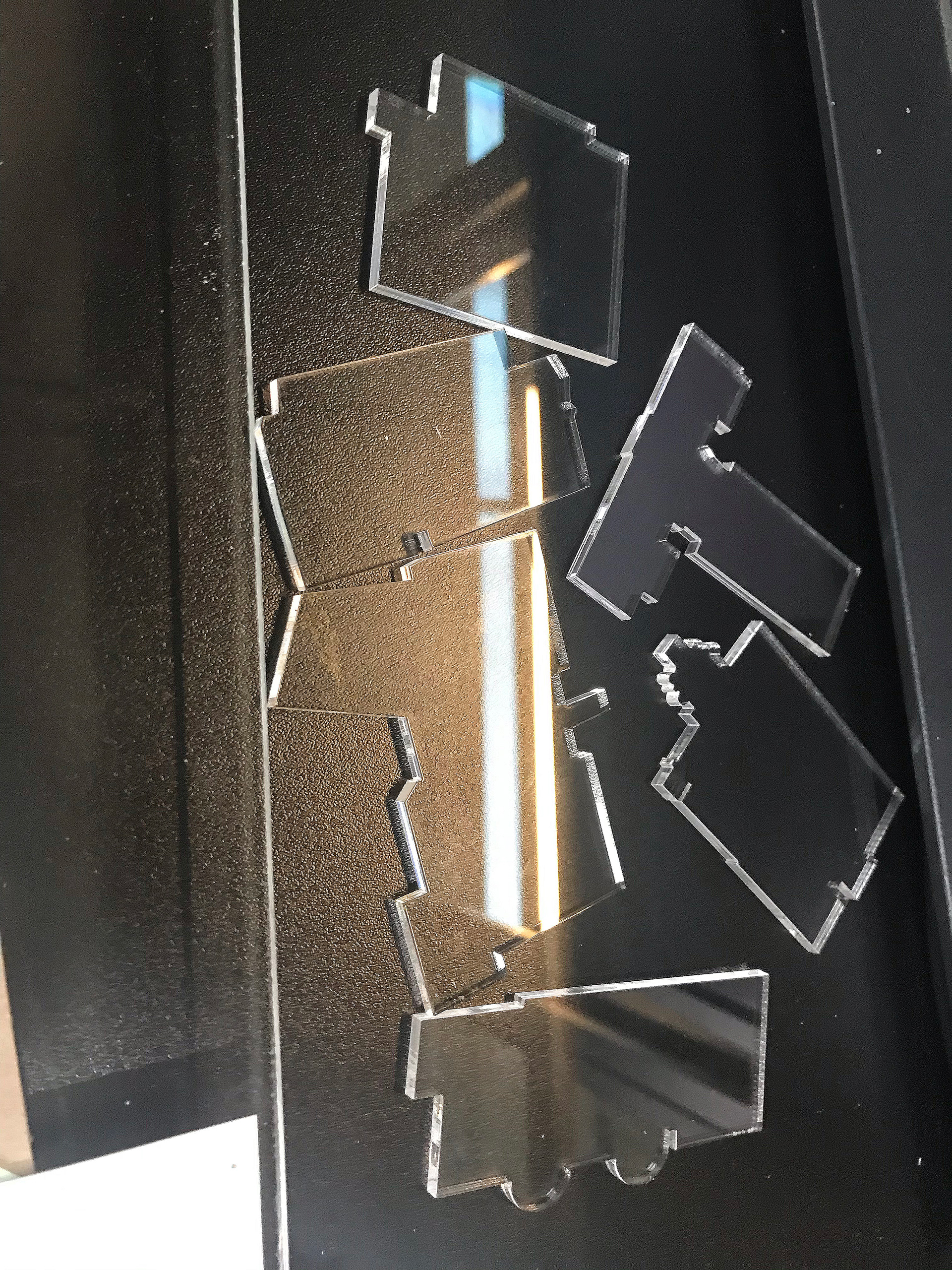
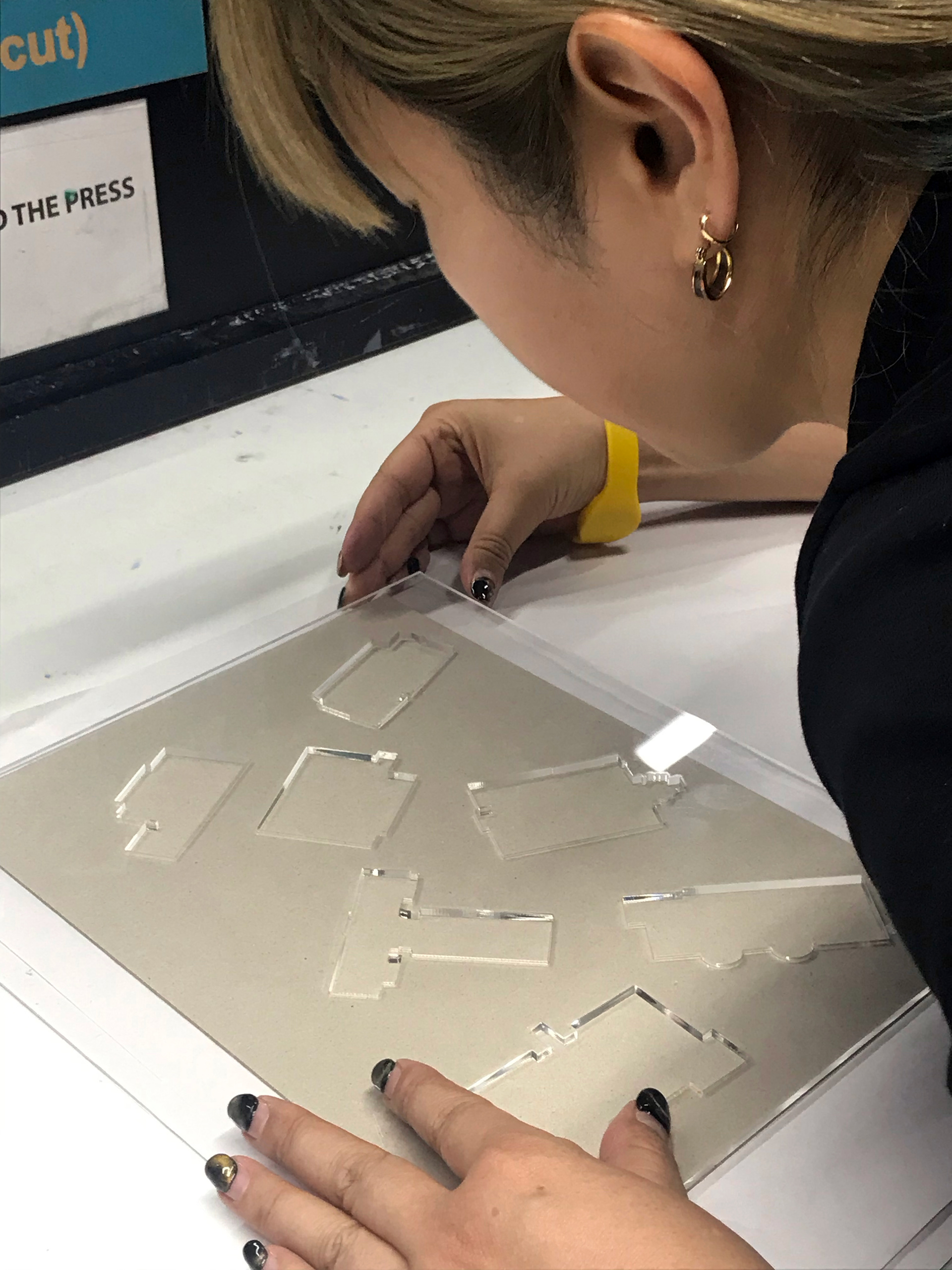
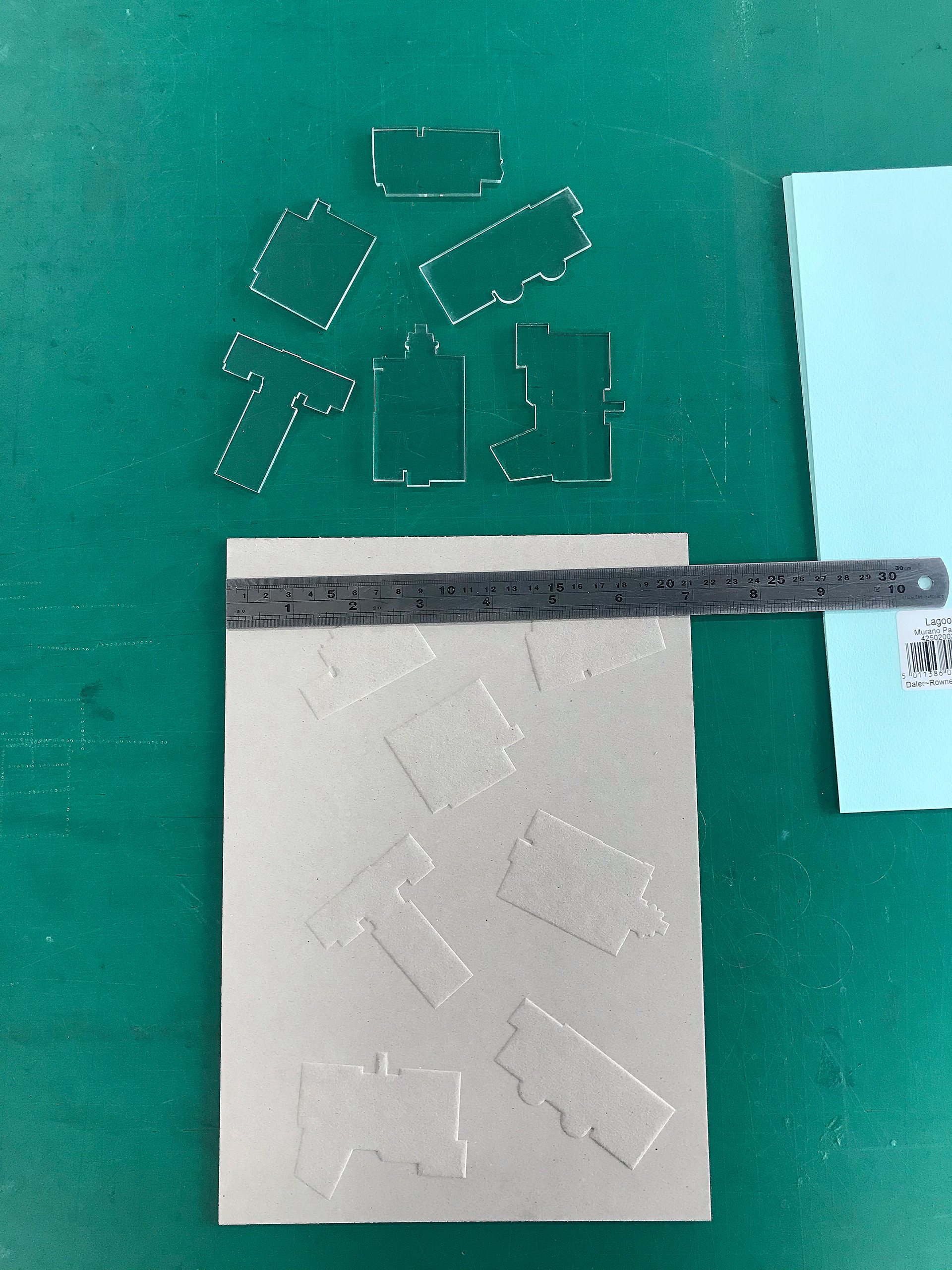
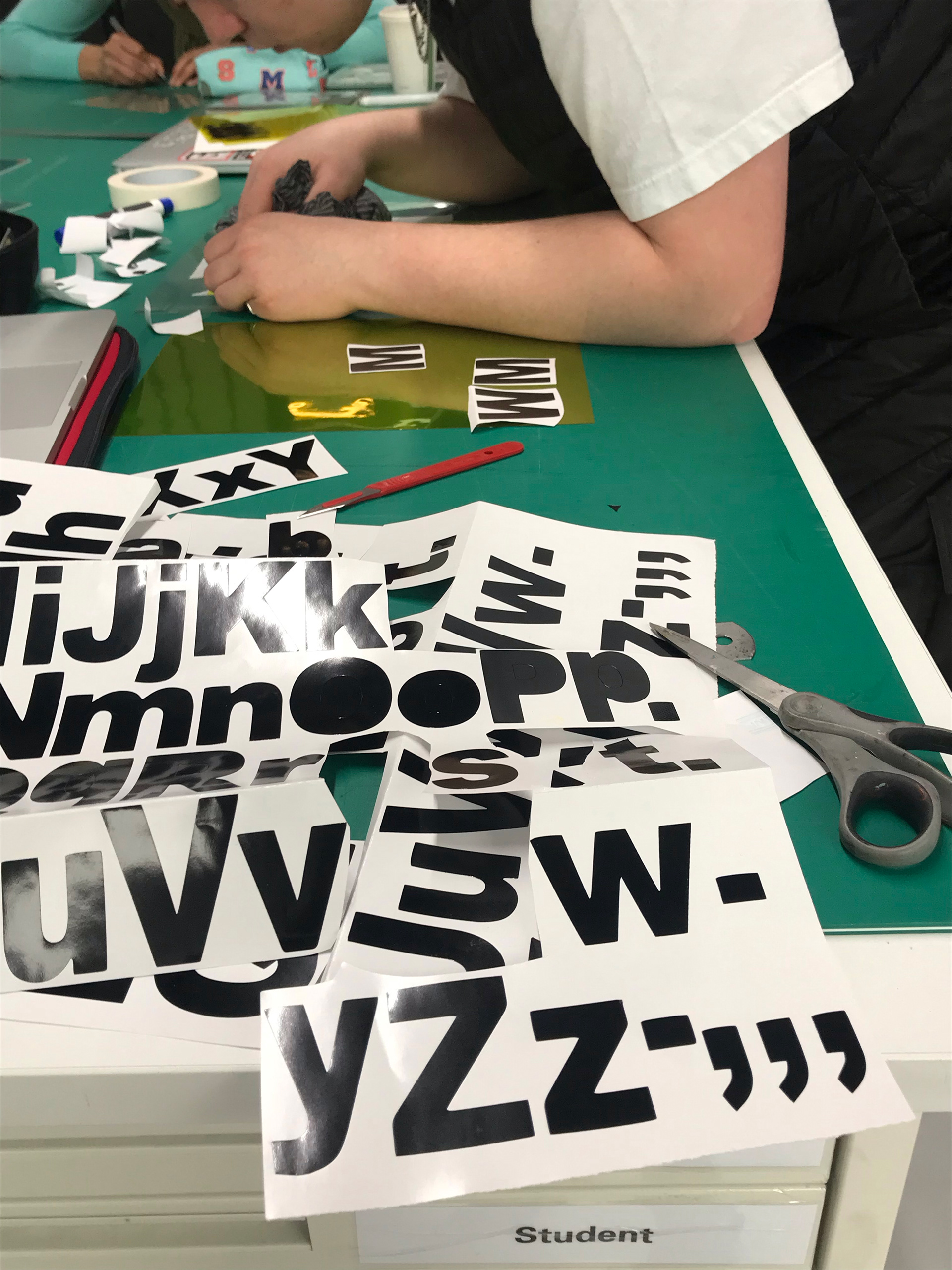
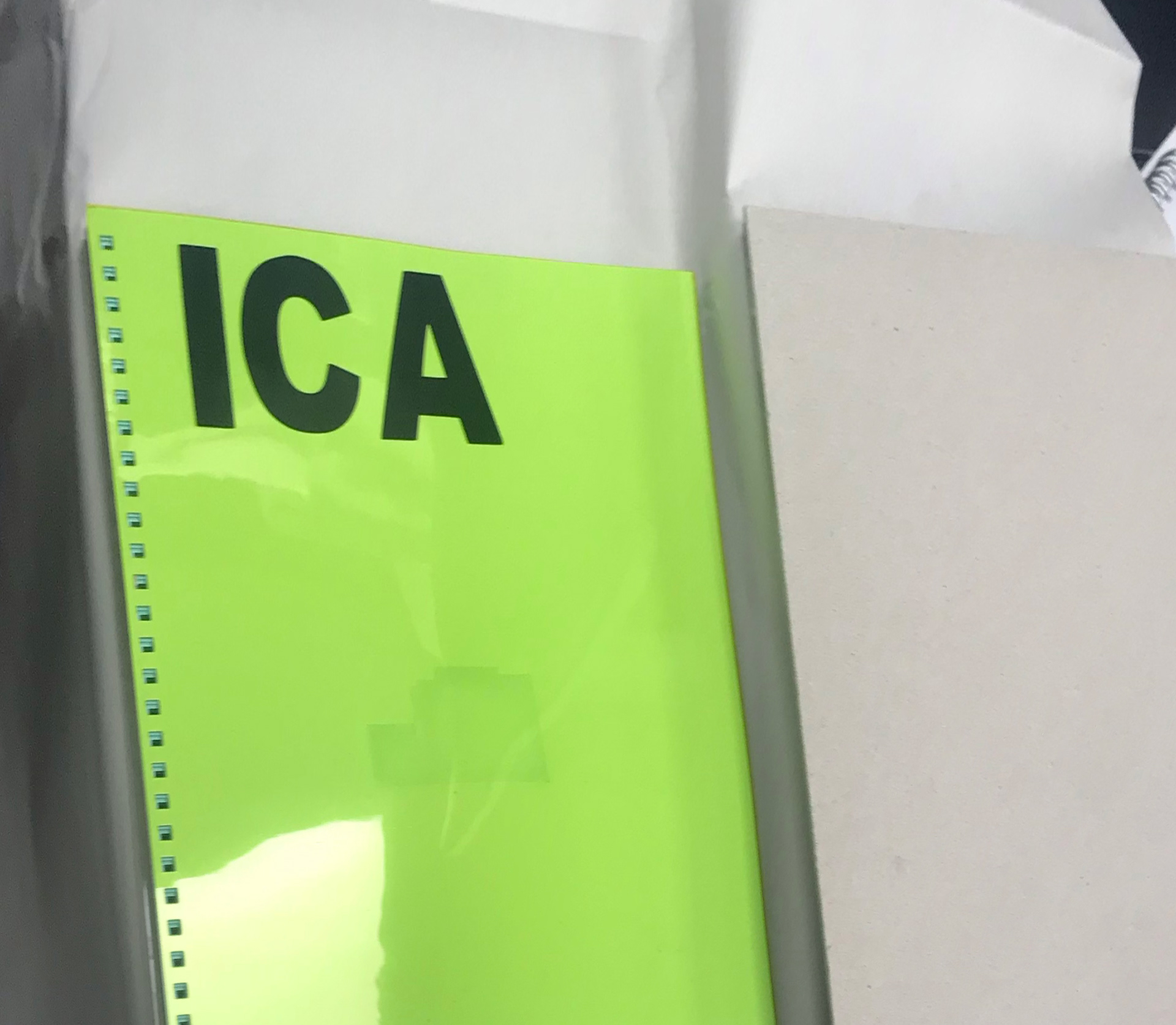
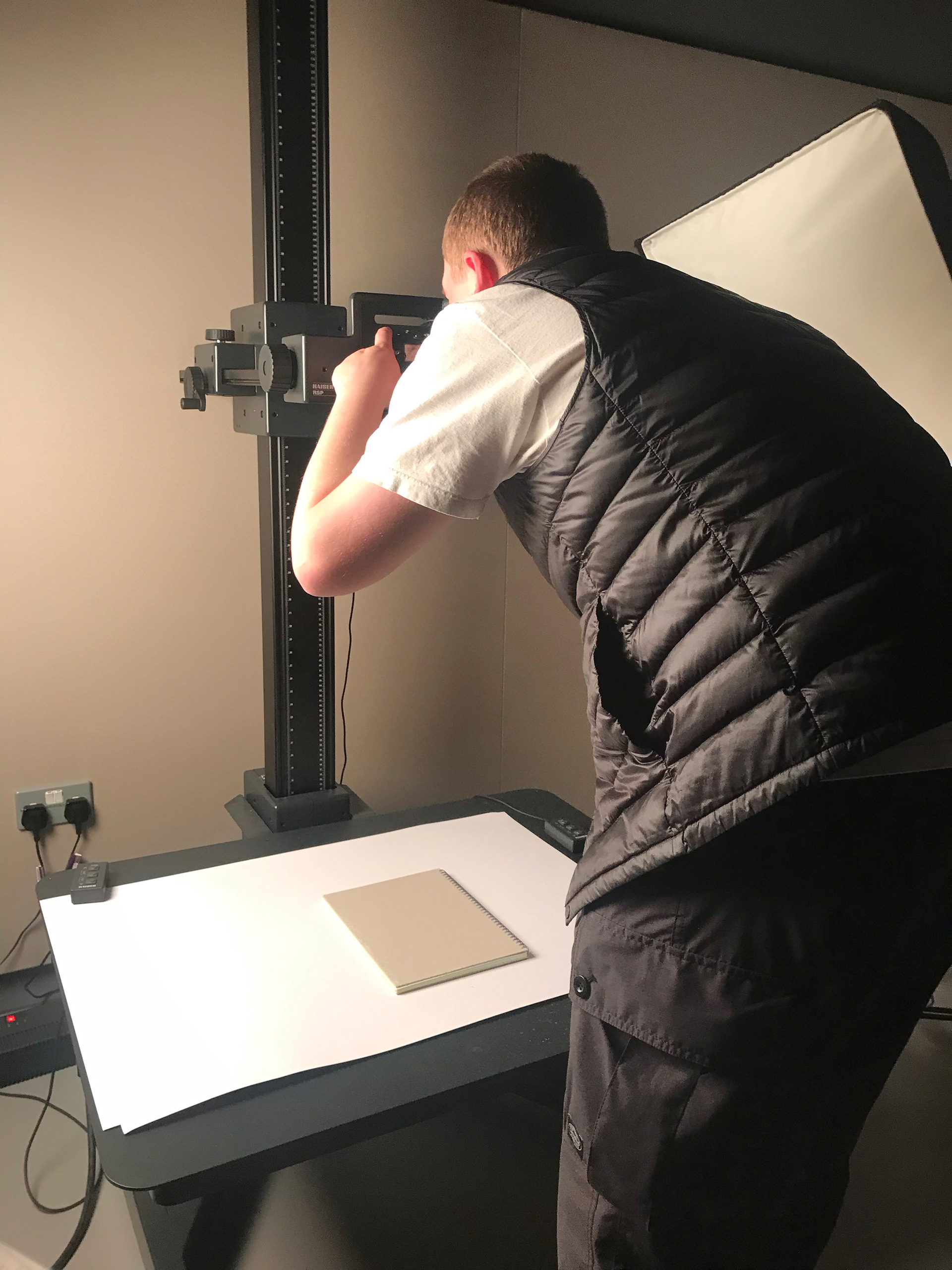
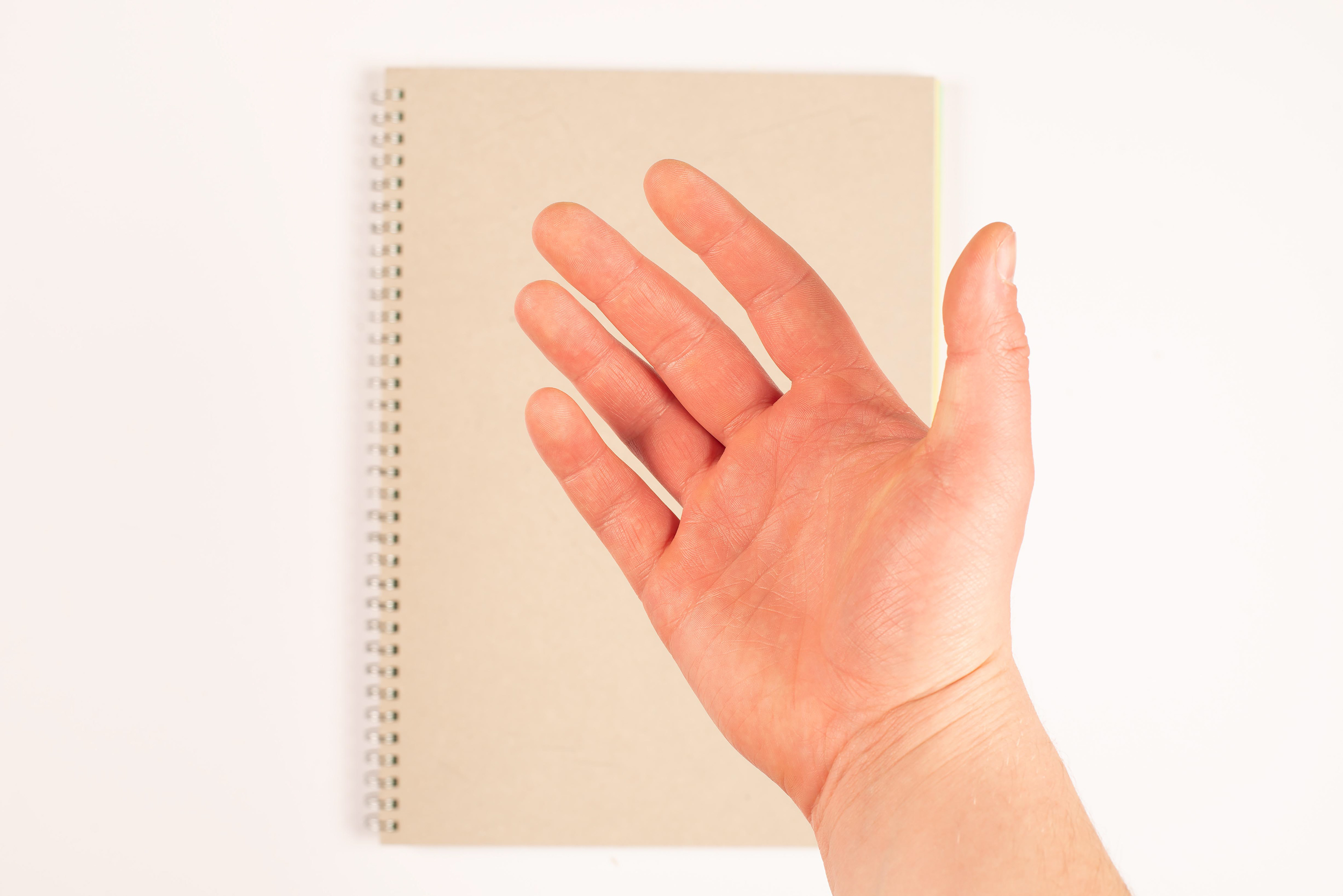
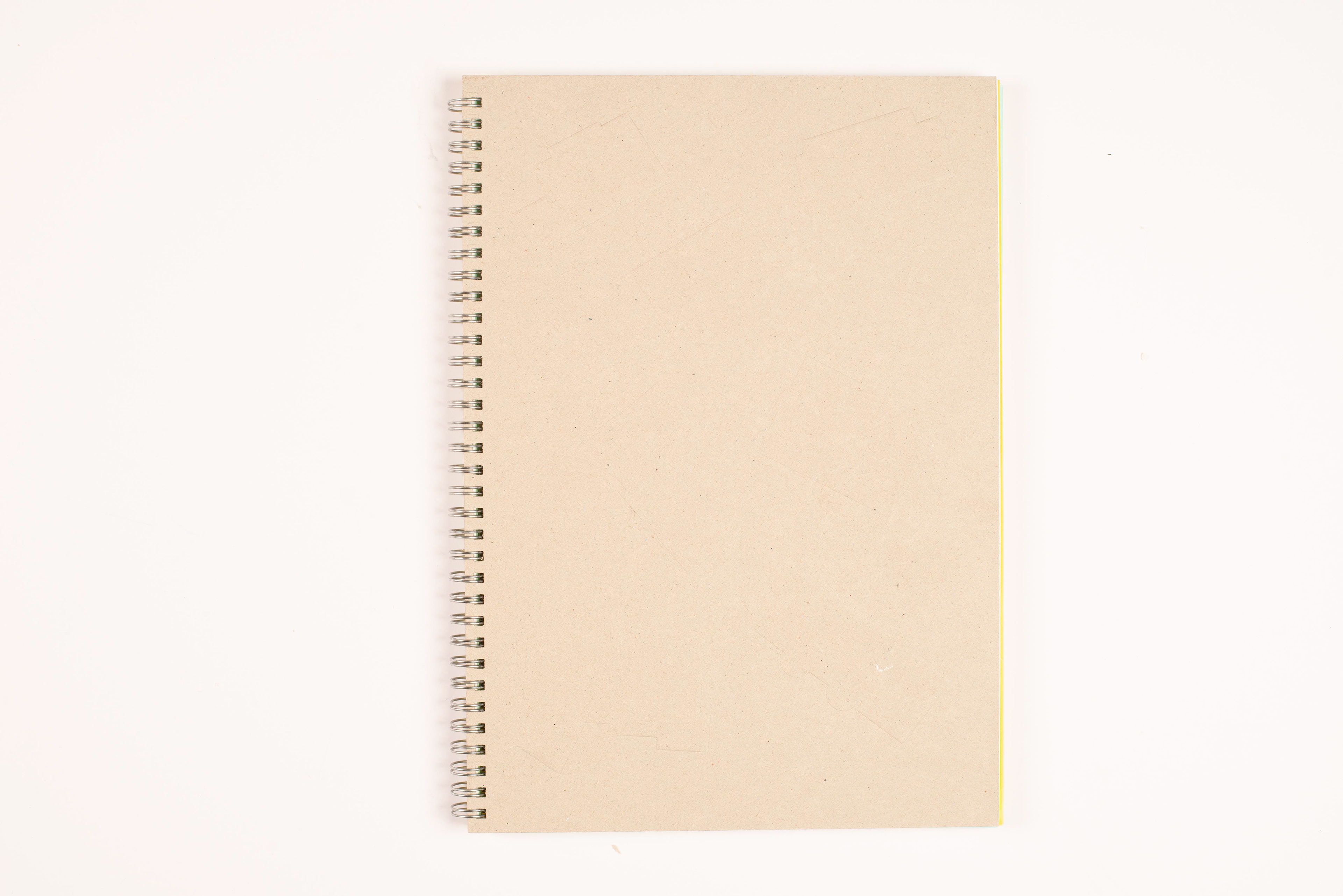
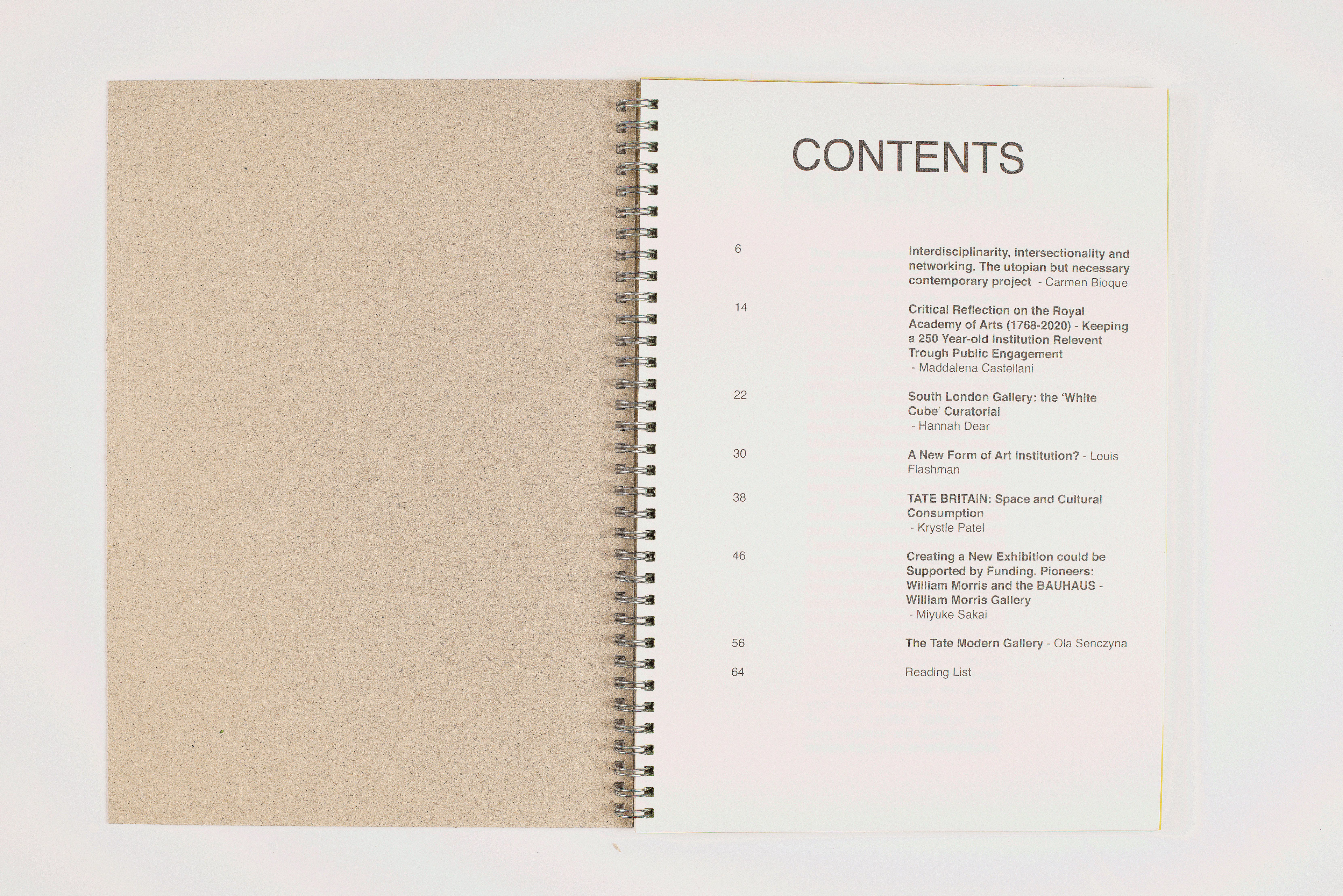
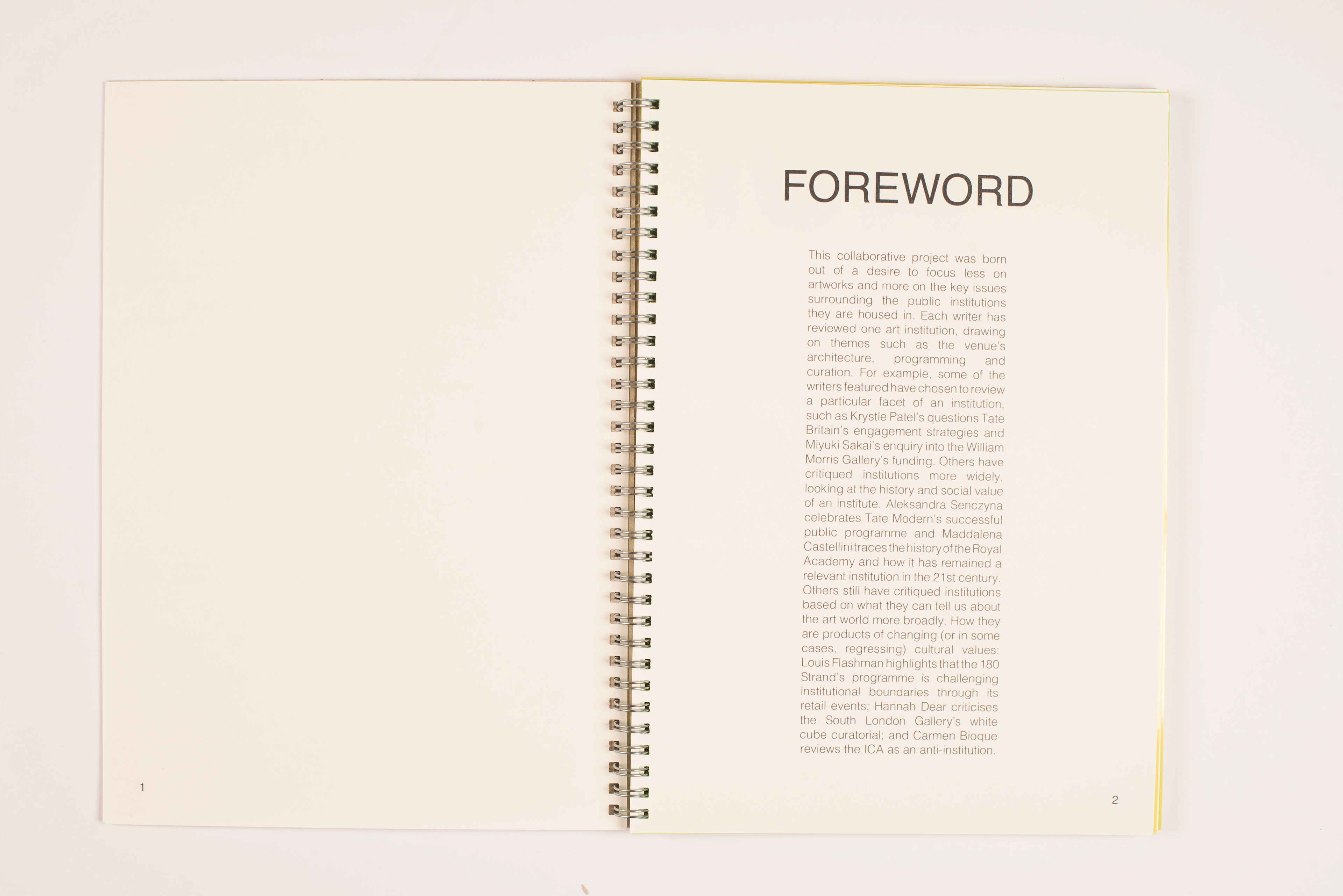
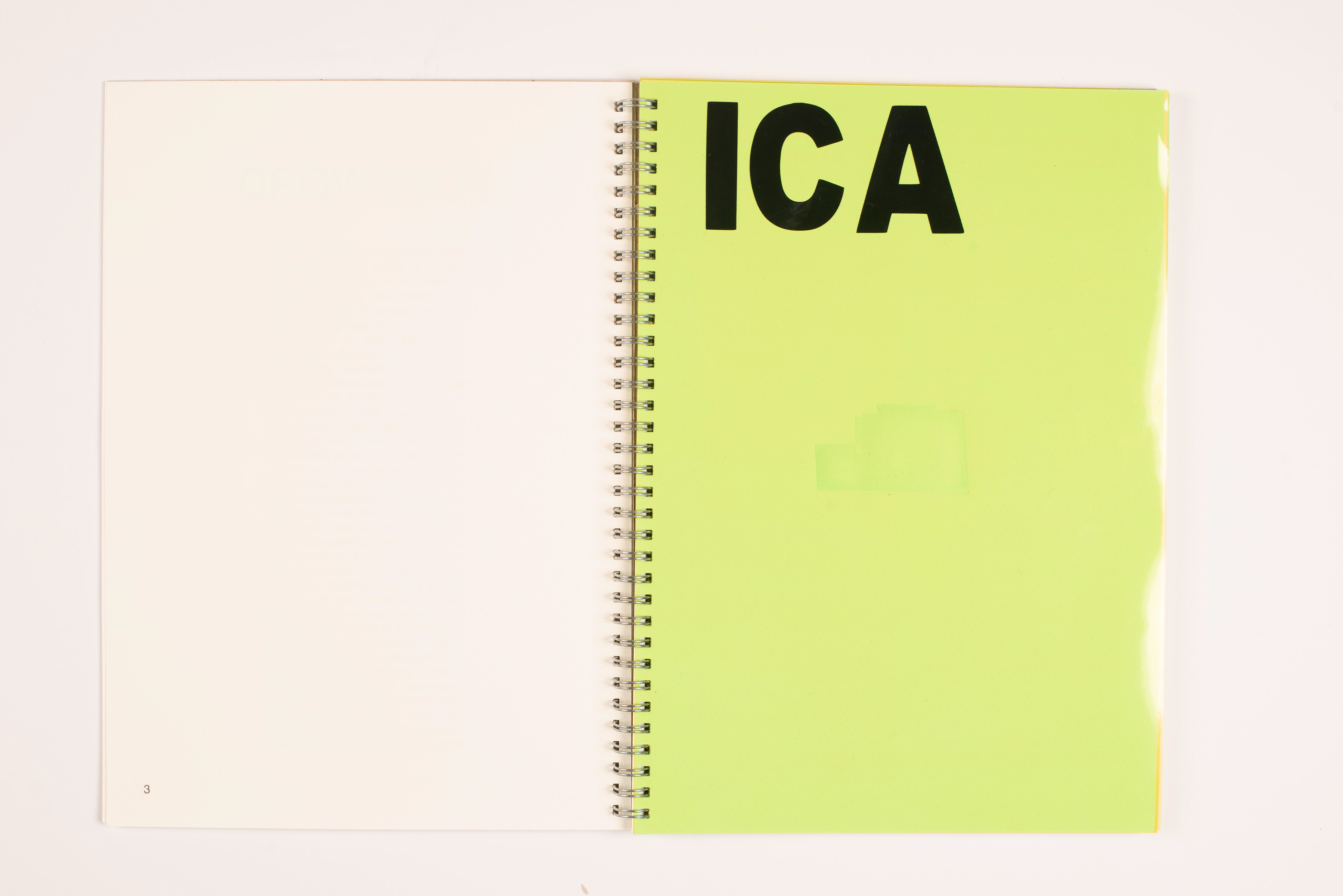
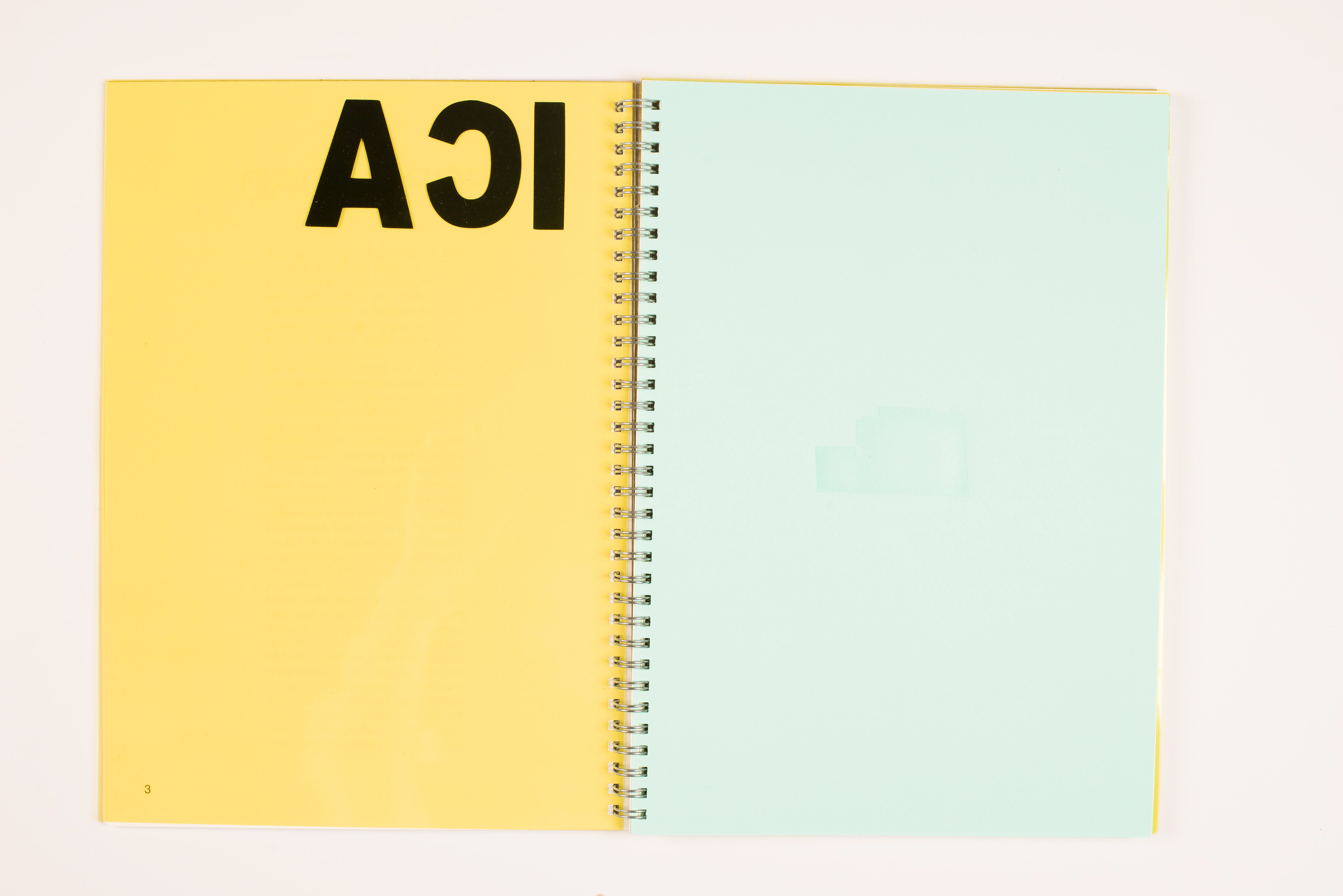
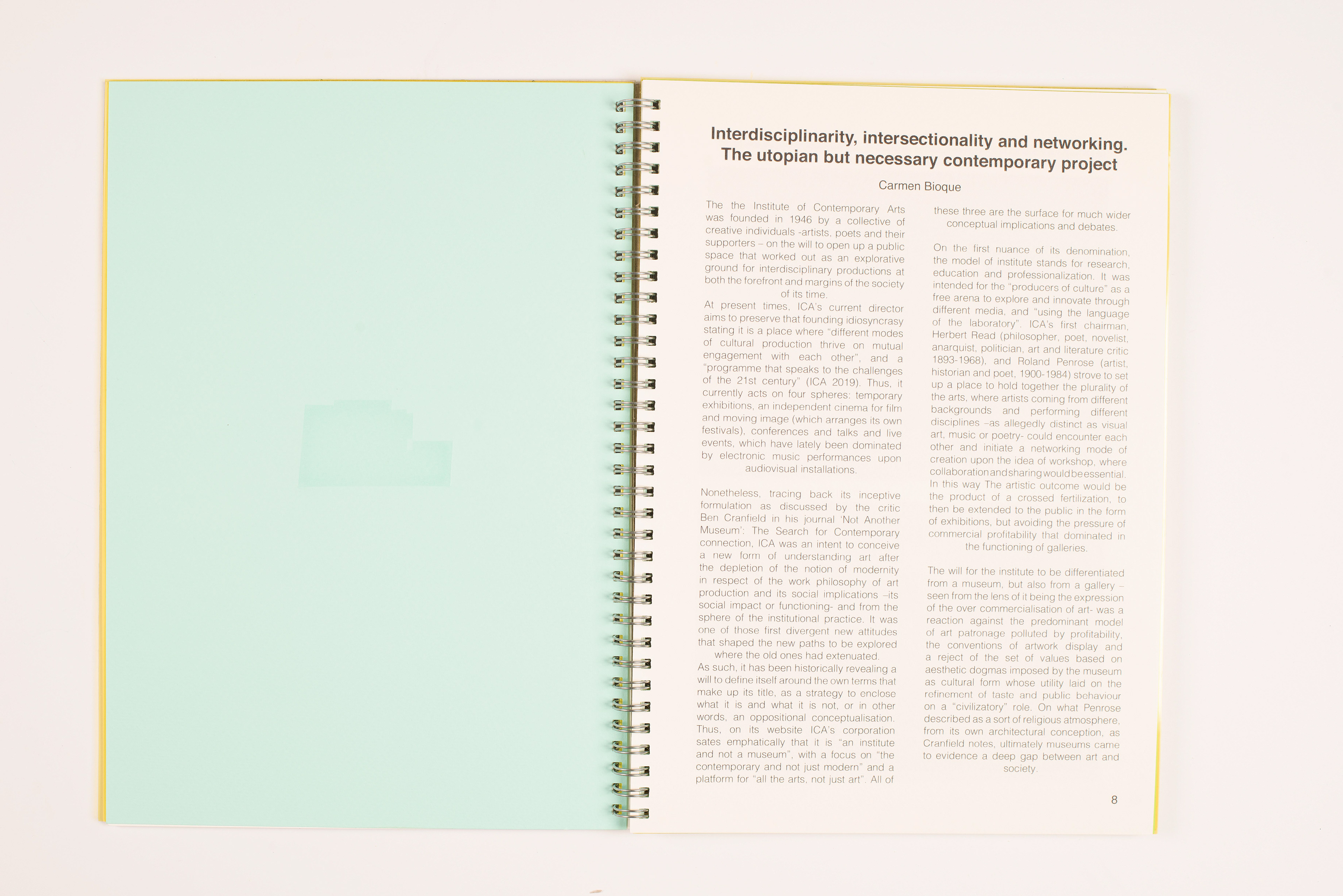

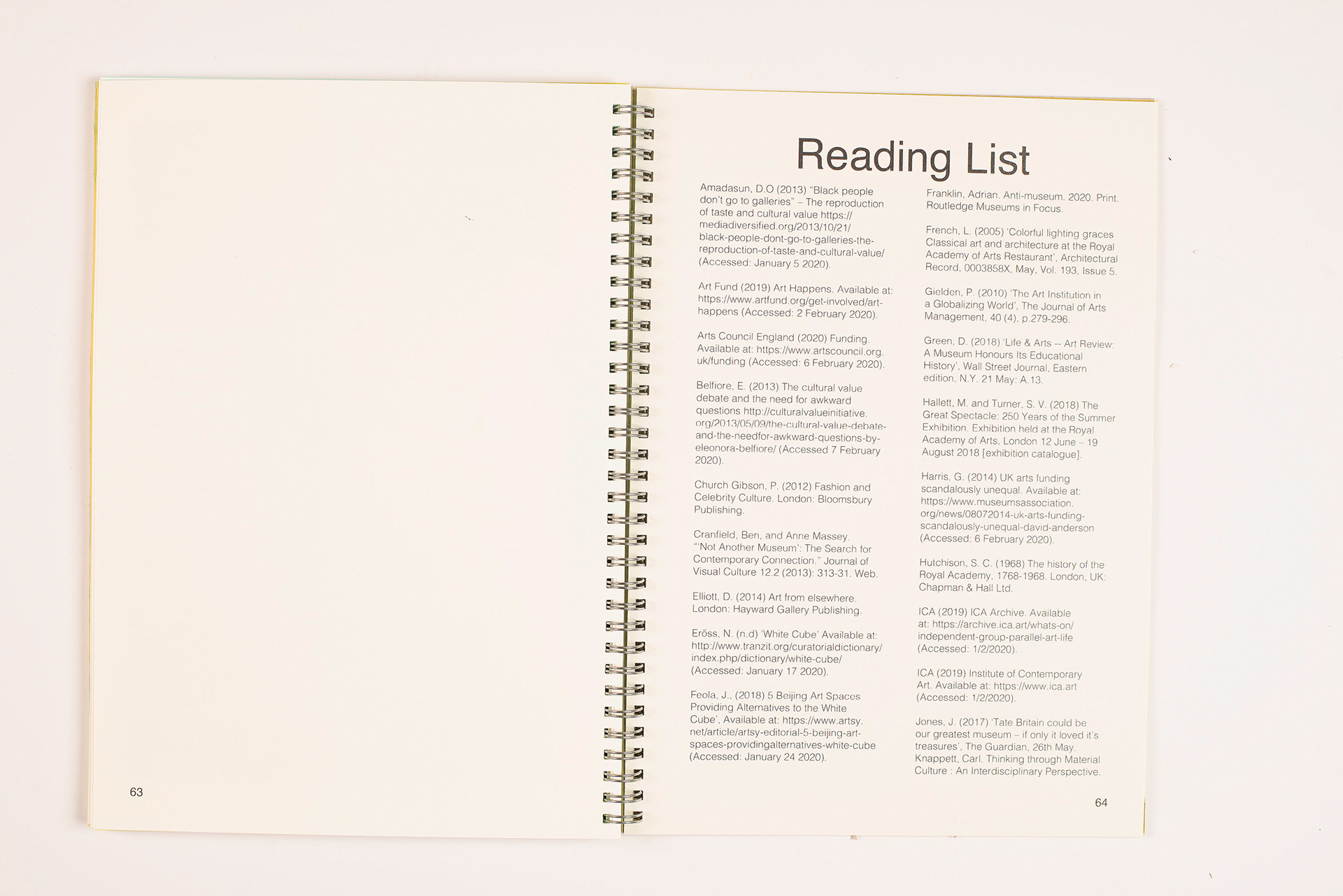
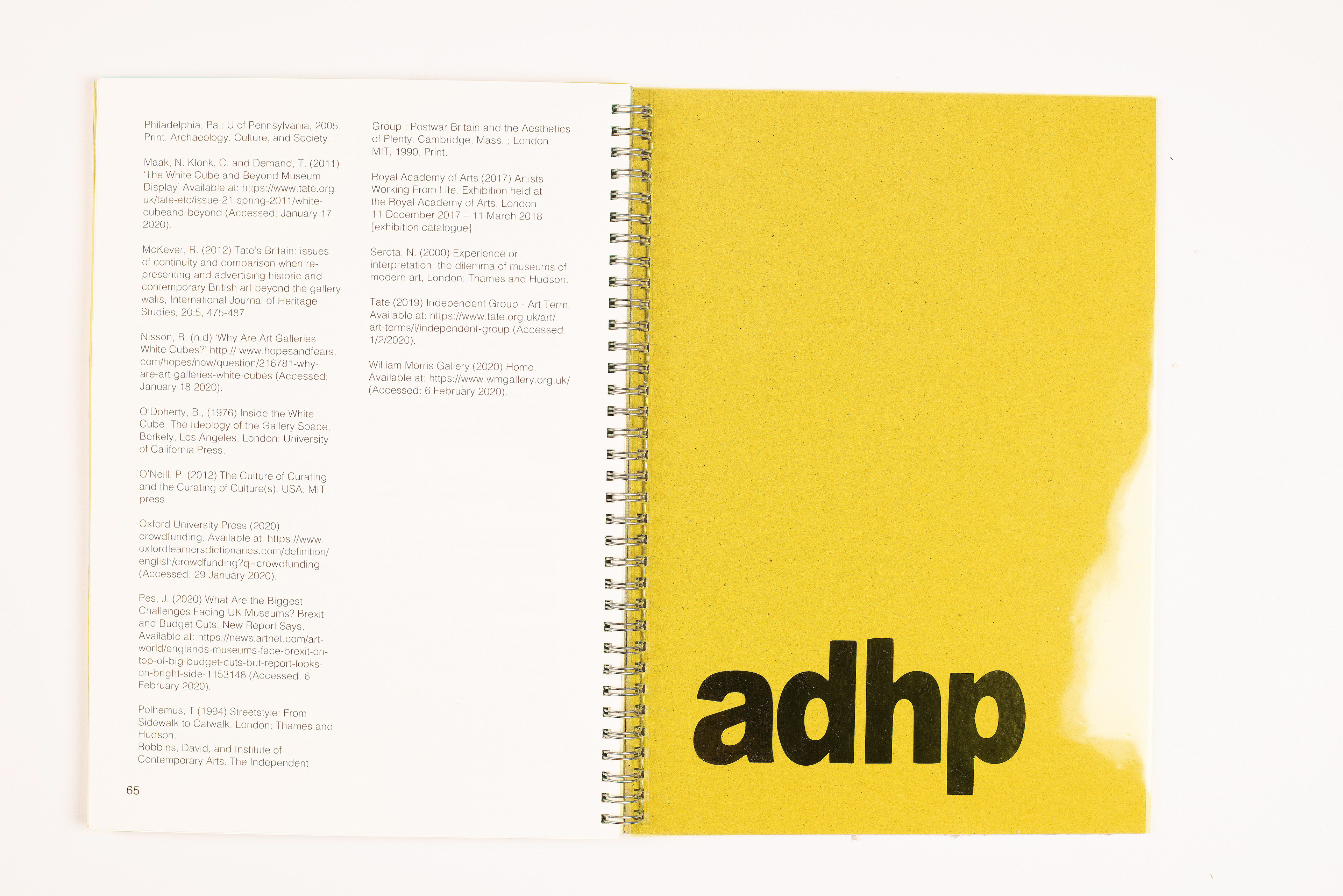

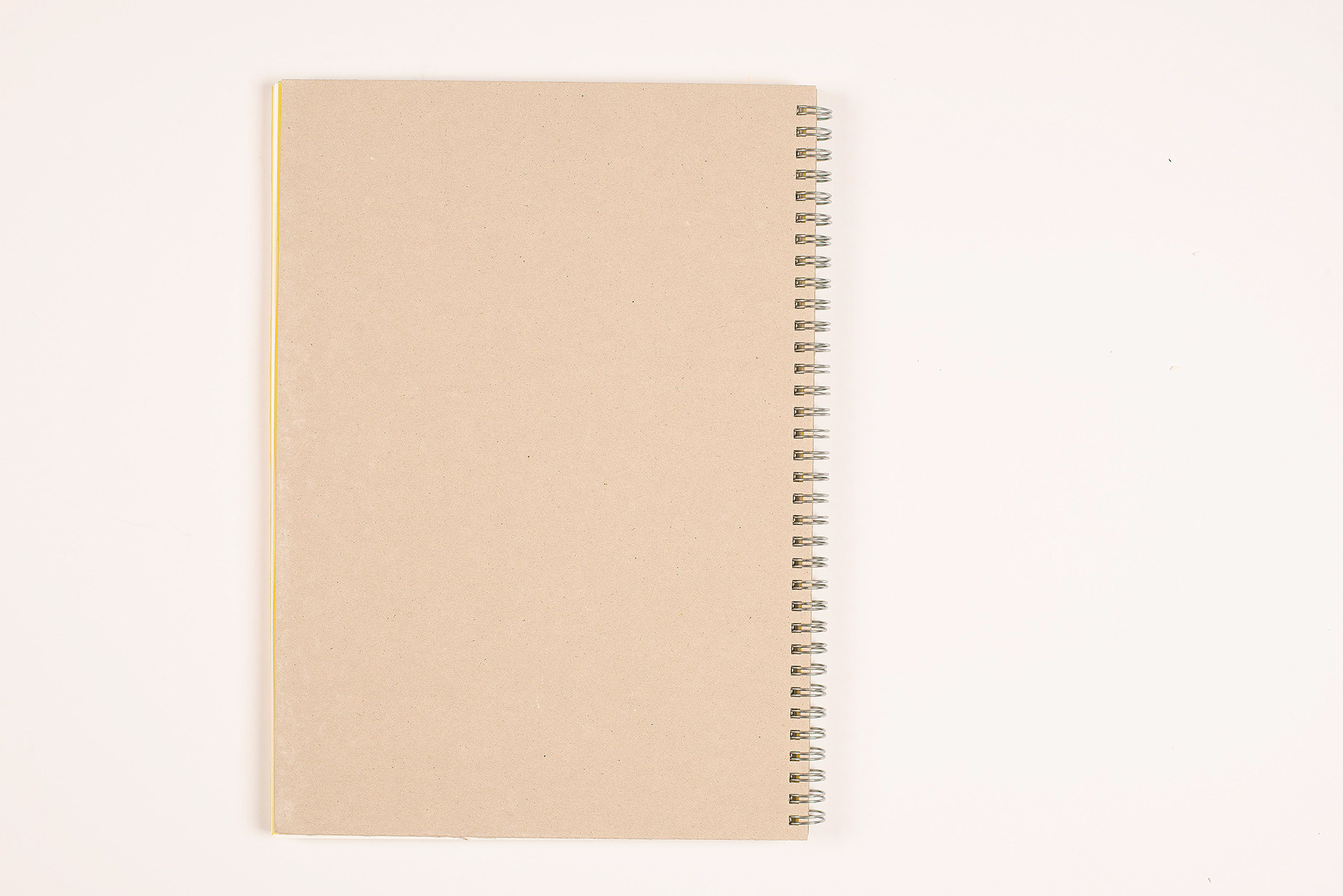
As in previous projects our way of working as a collective went through organizing ourselves in different roles upon two frameworks: the editor team and the creative team. For us, at its base it all implies working together upon consensus only reached after conversations and ideas sharing, in each stage of the production.
We agreed on the main conceptual thread and critical content, and we all produced a written response for which the design process is the recipient. In that sense, the publication has several layers of authorship, which is specified in the content structure of the publication.
The editor teams takes care of the conceptual coherence and cohesion, defining the editorial line and foreword. I took part in the creative team, where we took care of the design and production.
This time we worked really closely together in the design and production stage. All the decisions we took were collective and we worked hands-on together in the physical making up of the book, which is the form that took our physical publication.
We shaped its final form from the mistakes and difficulties that appeared in the own making, but also unexpected outcomes we loved, as it happens with the removable cover and back cover, that is made up from the PVC sheet we used in the laser cut that served as the matrix for the embossing in the hydraulic press.
The only production specifically of my own in this project is the series of drawings inspired by the architectural birds eye view plan of the art institutions we were producing our critique upon, which we then used for embossing on medium thickness textured paper. But, again, we reached the idea of doing so collectively; I only executed it and made my decisions upon its visual appearance. What happened, though, is that my initial drawings resulted to be too detailed to use them for embossing, so I had to simplify them. However we then decided to recover them for the digital version of the publication, were they worked nicely.
As with our previous projects, we ended up having two publications. The physical object (the book) and the digital publication are not the same. Each is adapted and thought for its media and its specificities, and serves different purposes.
We found that the book we produced was unique and difficult to capture and digitalize in a way that does justice to its real appearance, whereas the digital is more universal and adaptable and with that, more spreadable.
Ultimately, these projects served us to reflect on the values and uses of the digital and the “analogue”. We vindicate both. We do not think one has to compete against the other, but each has its space, function, audience and type of user experience.